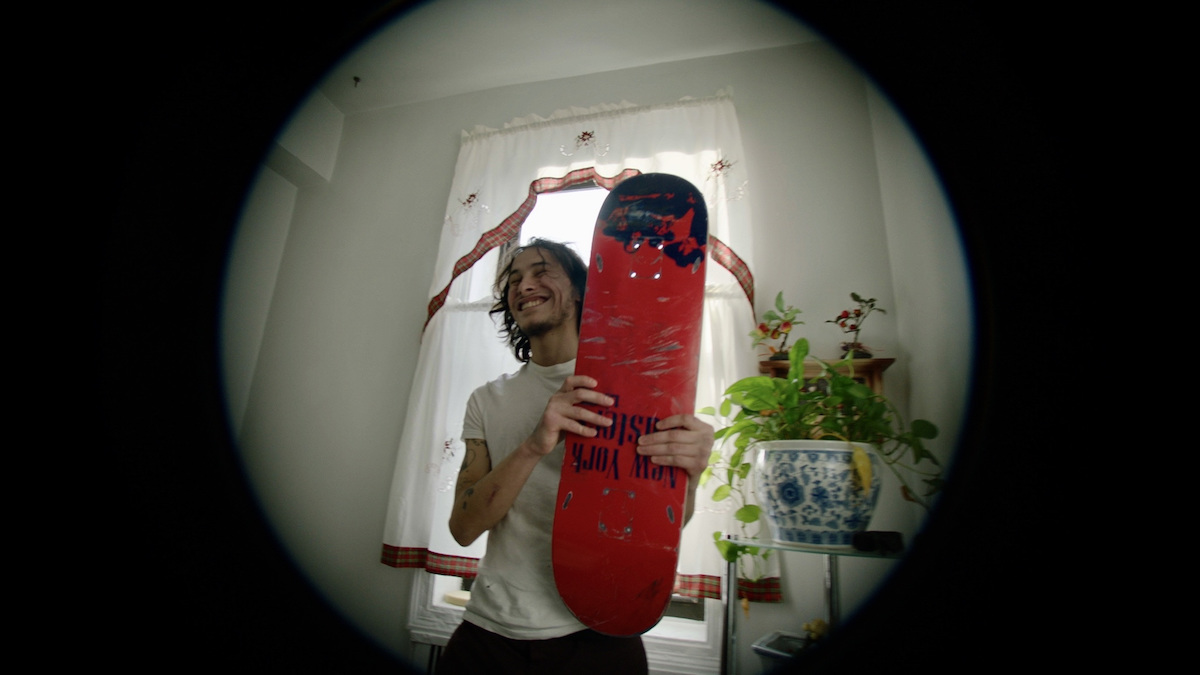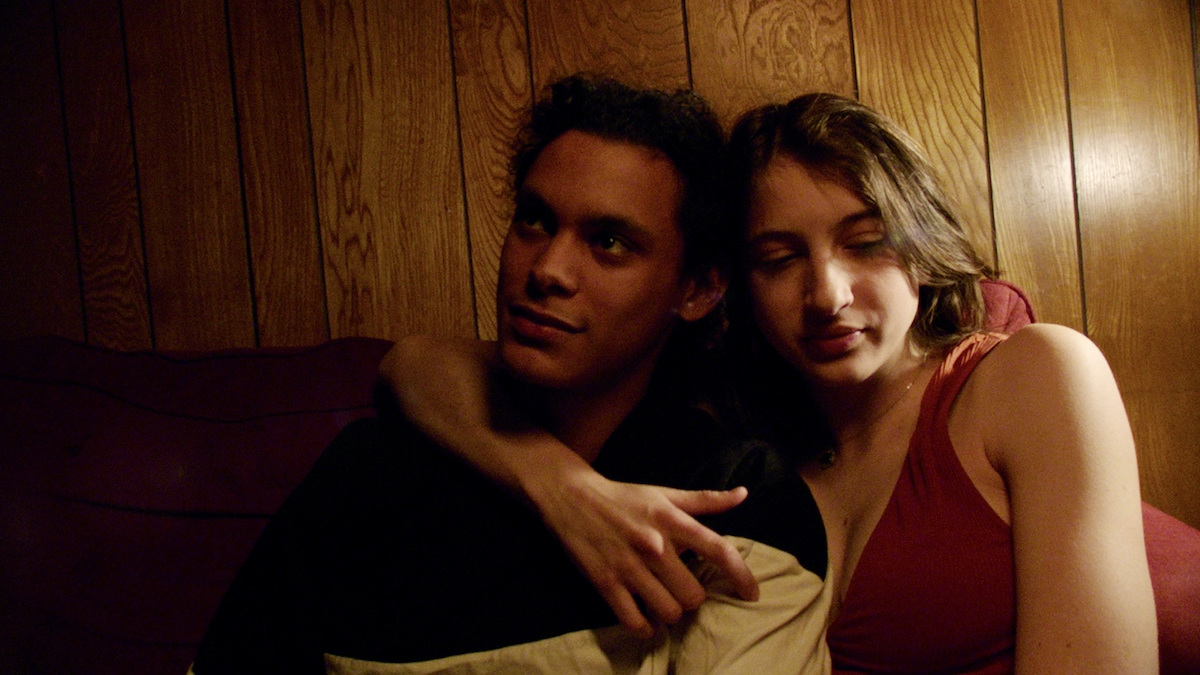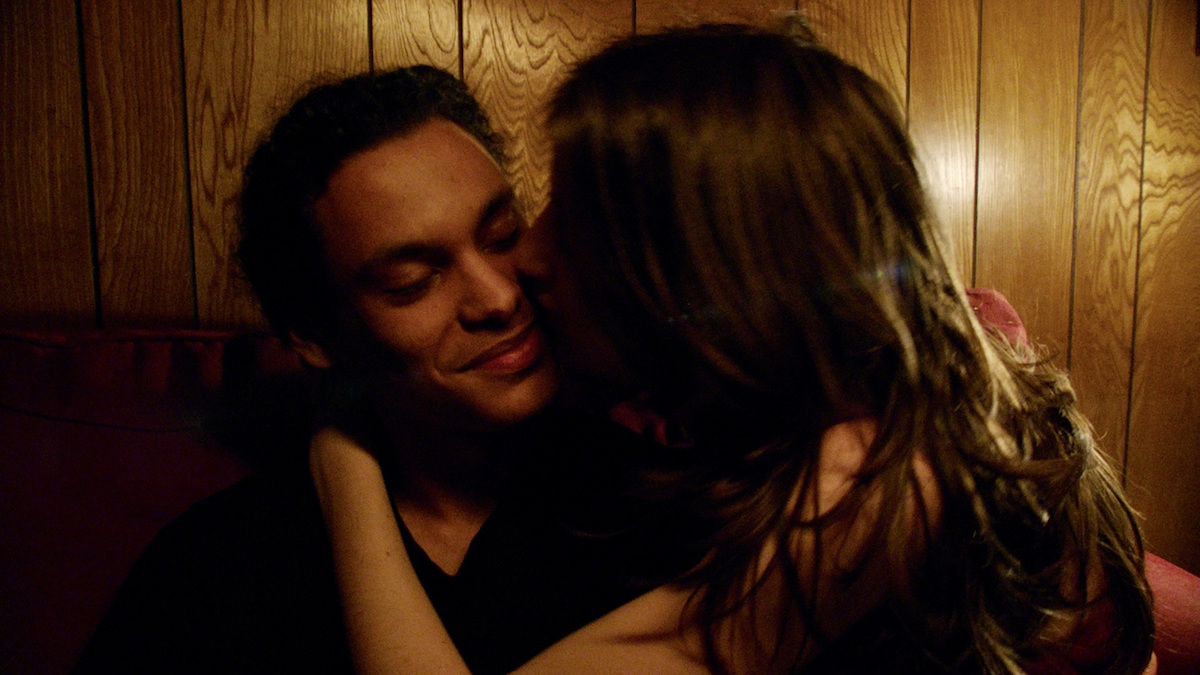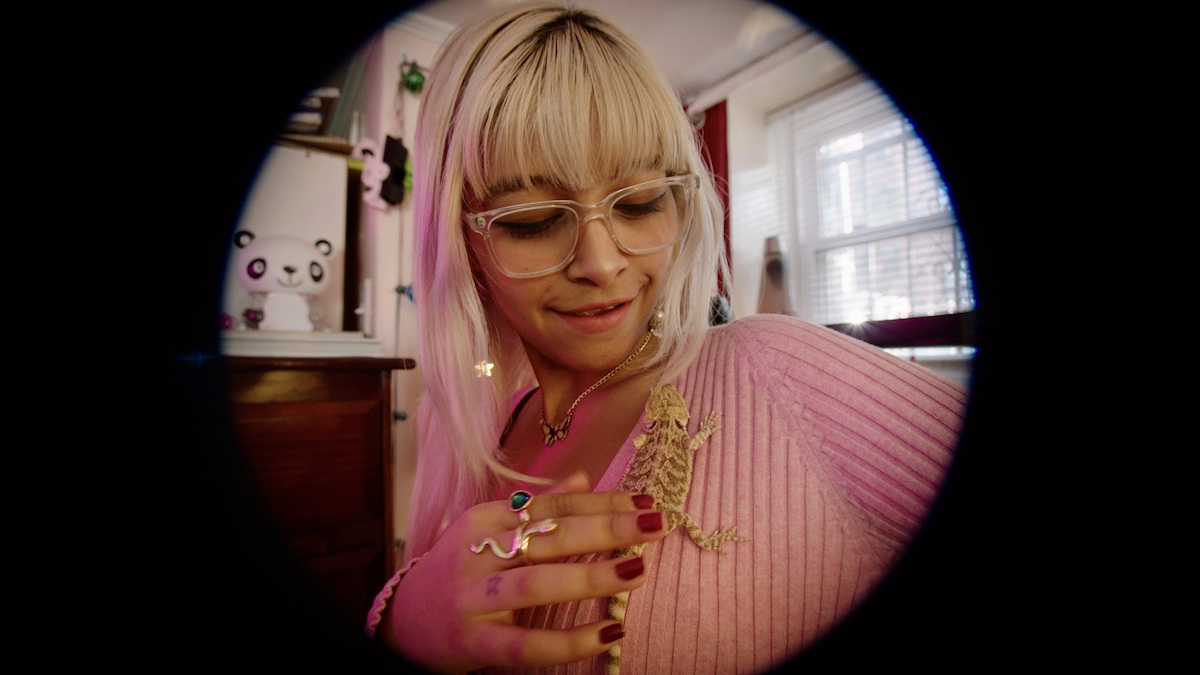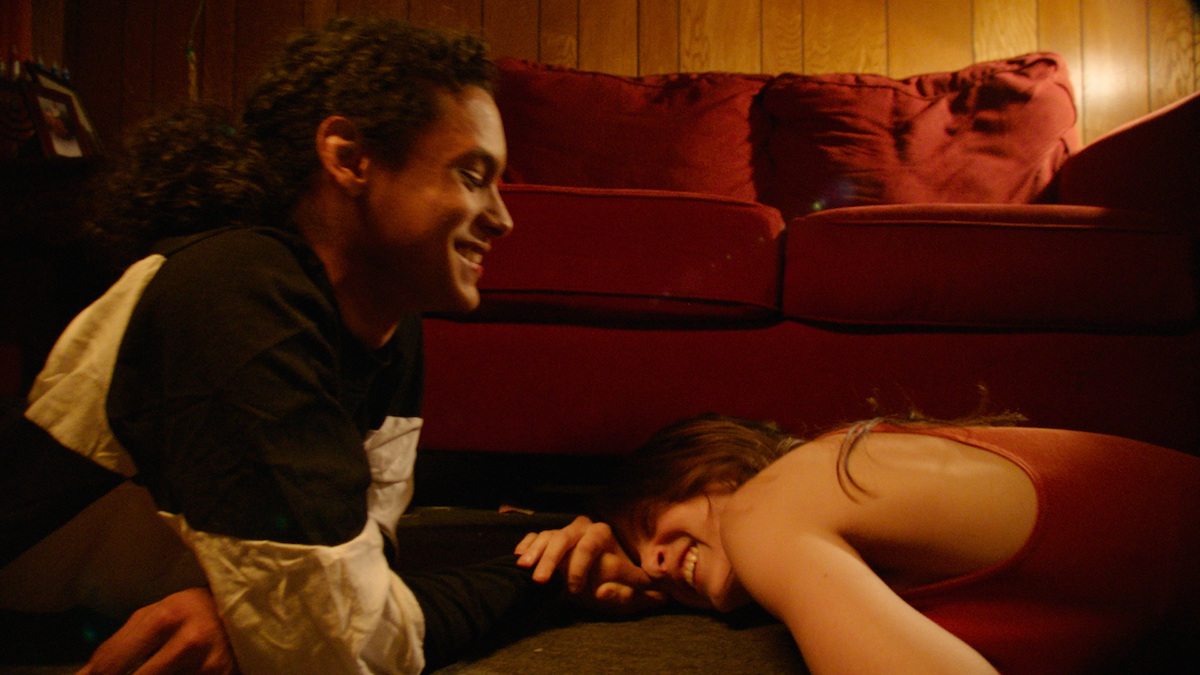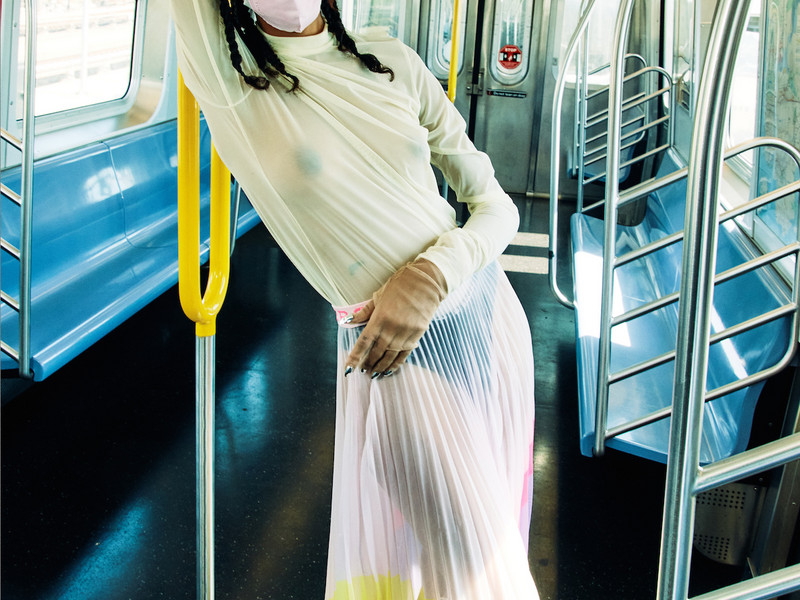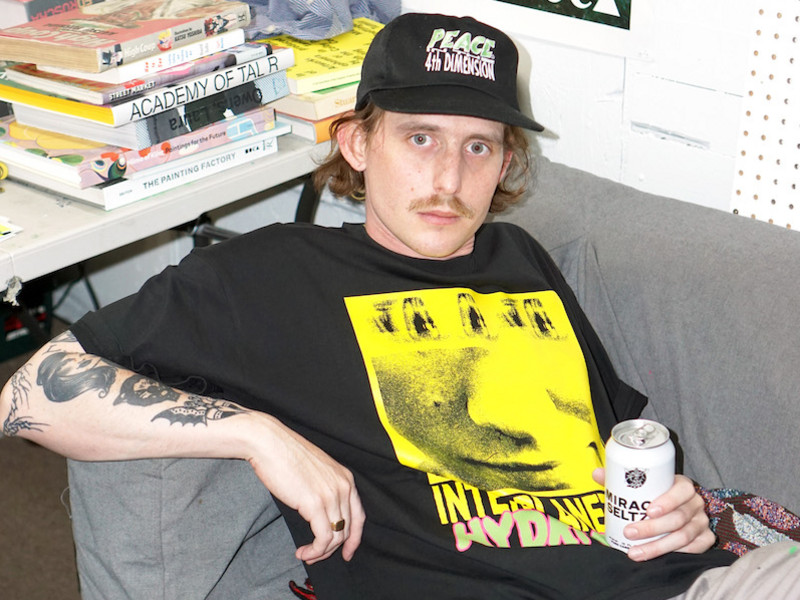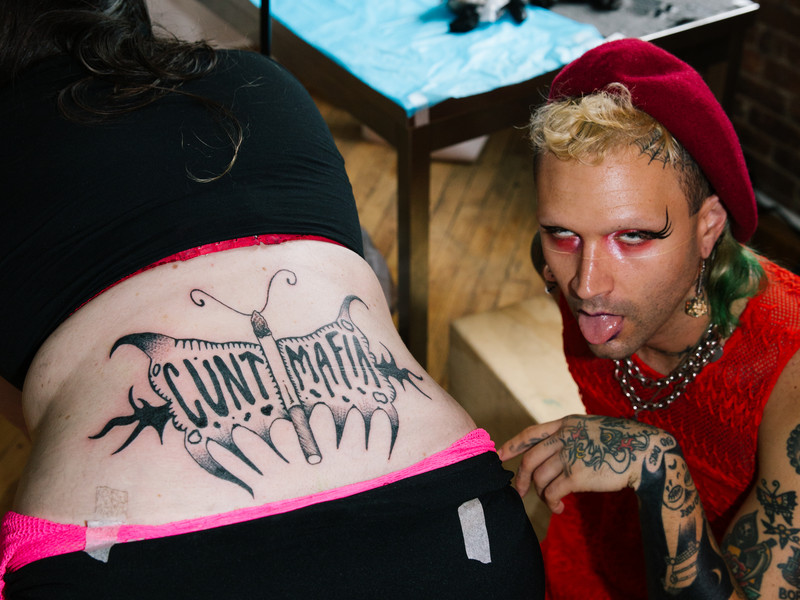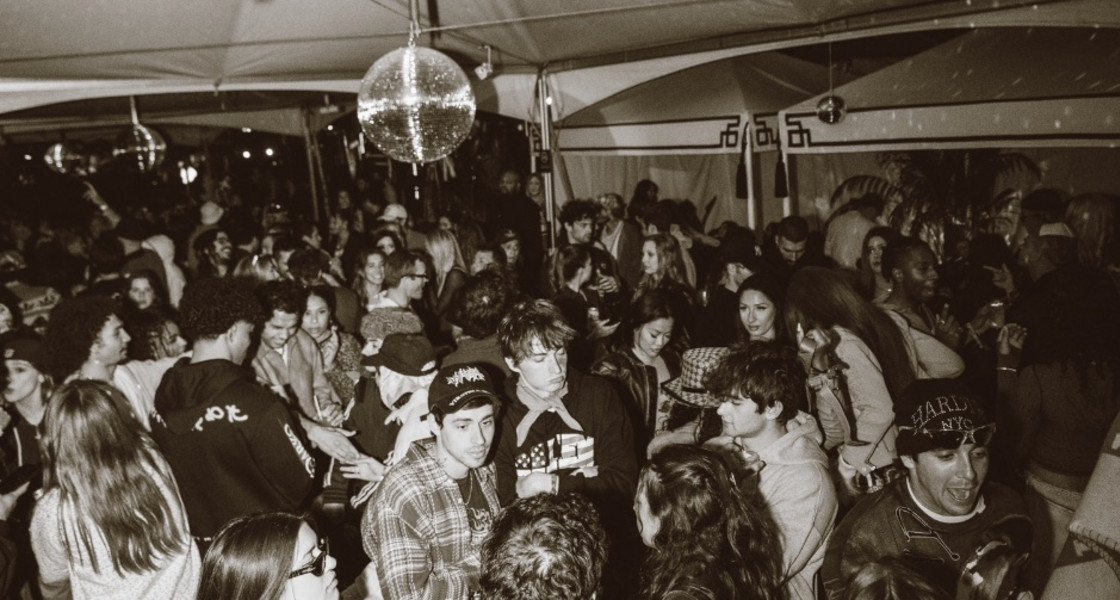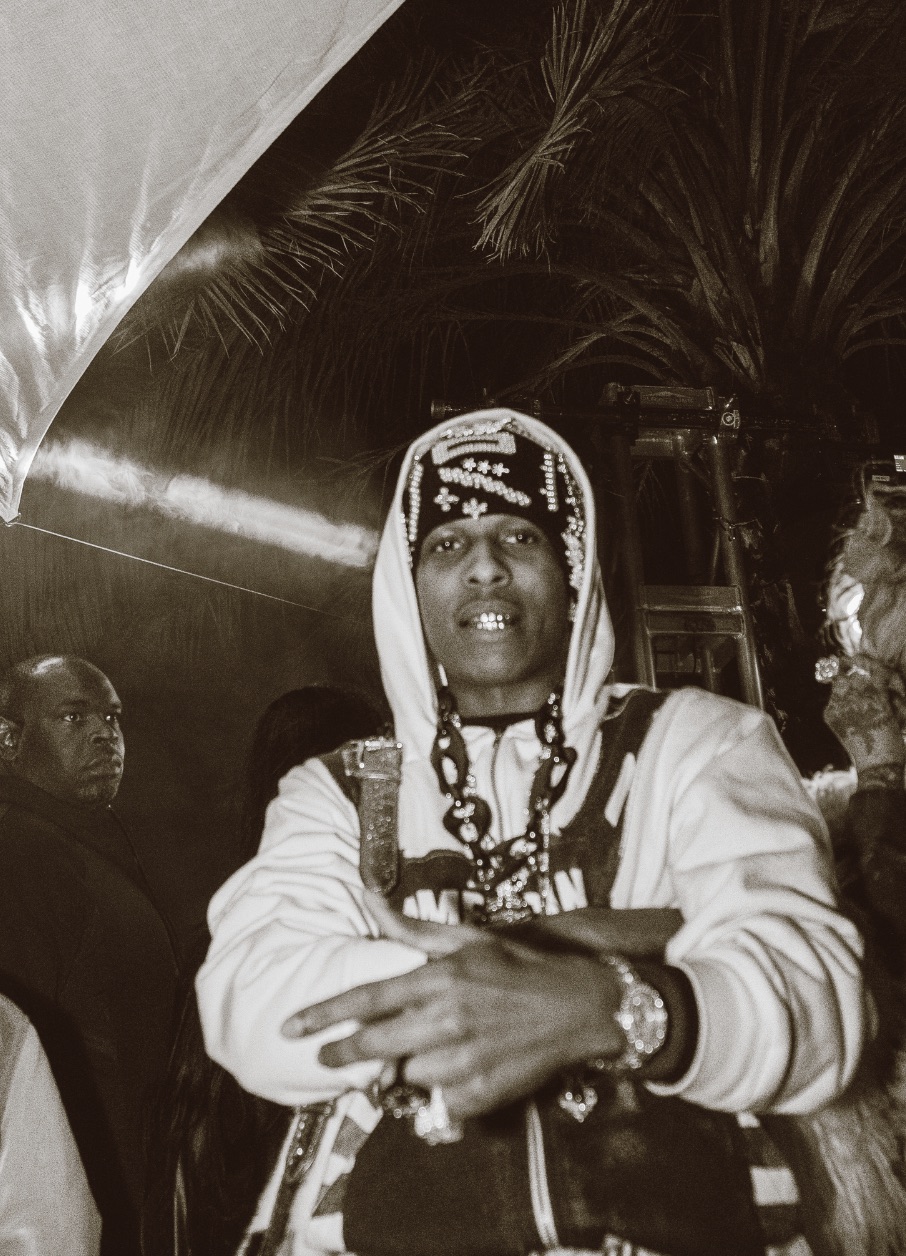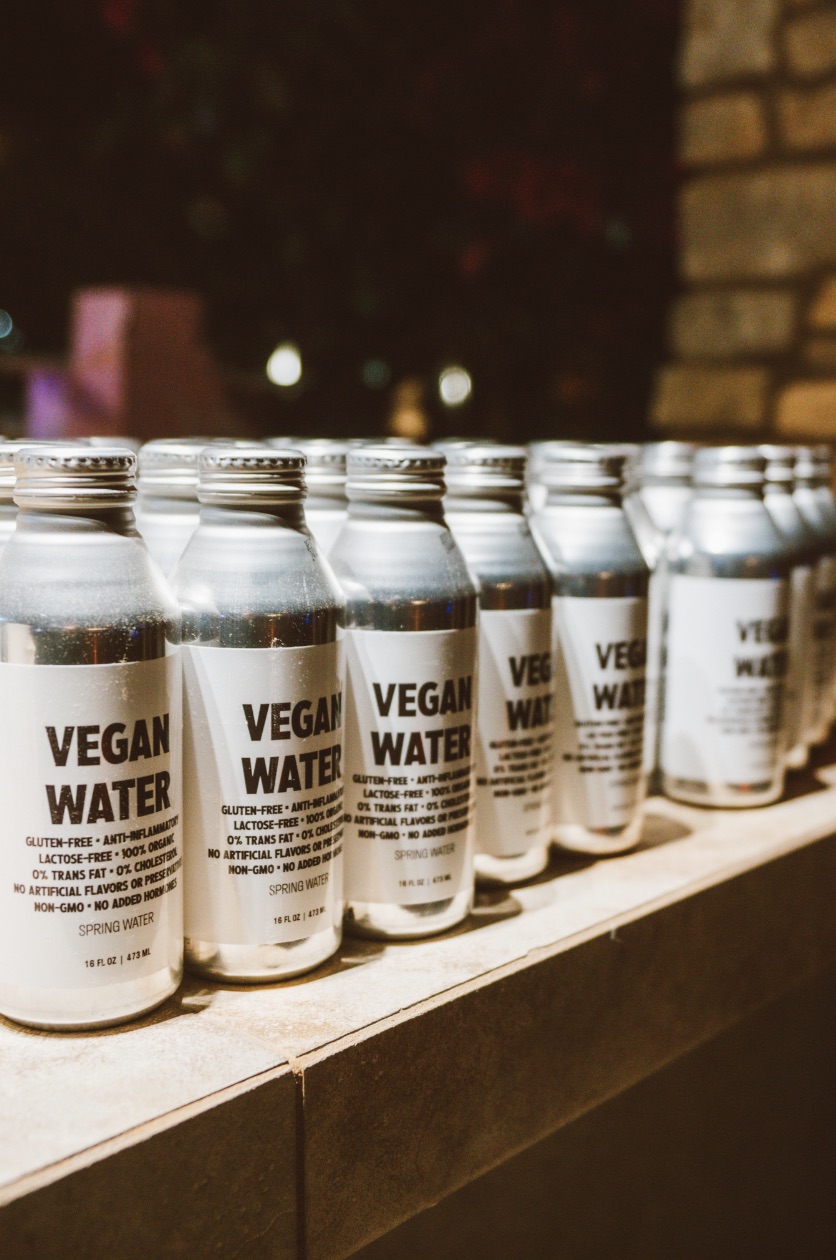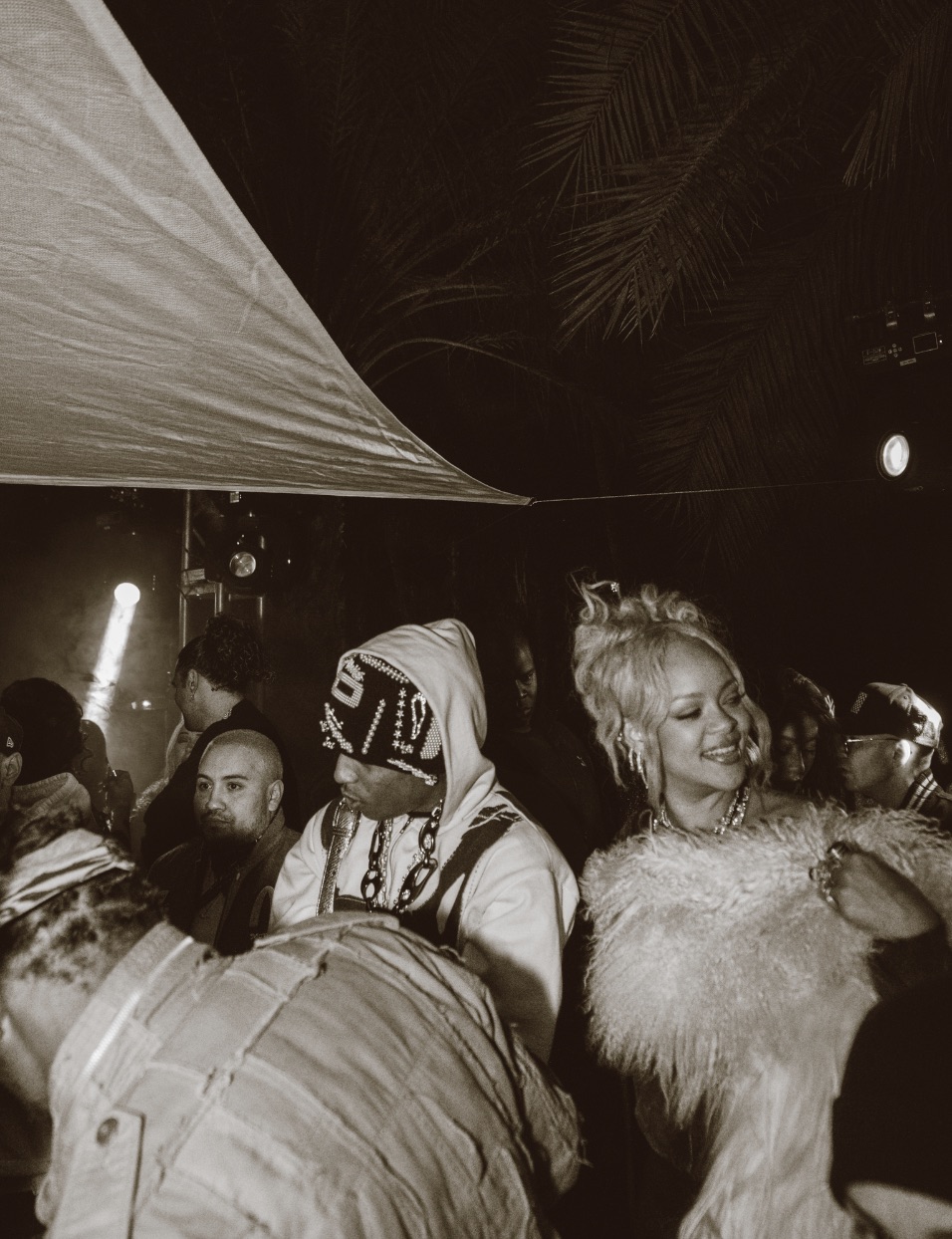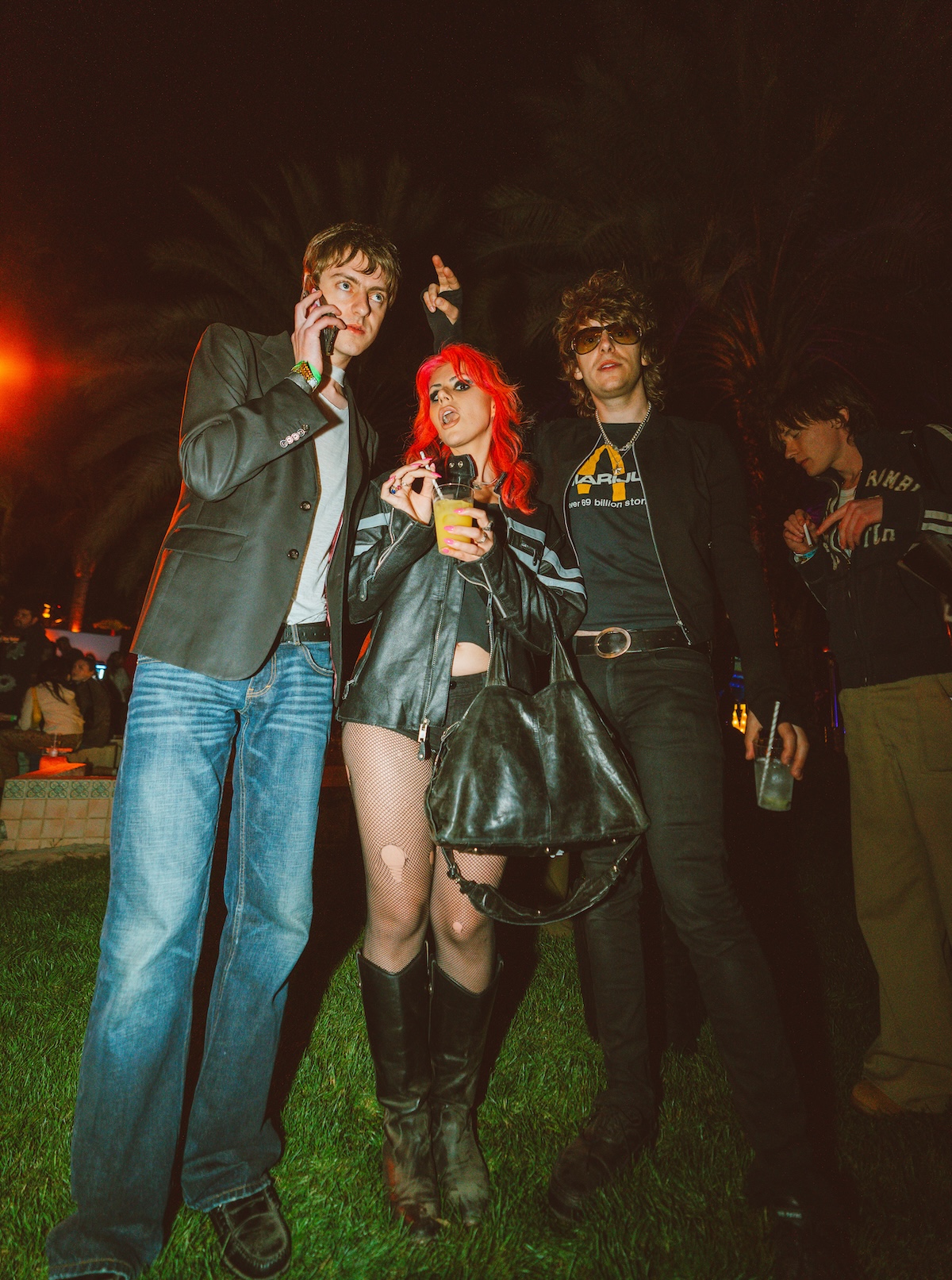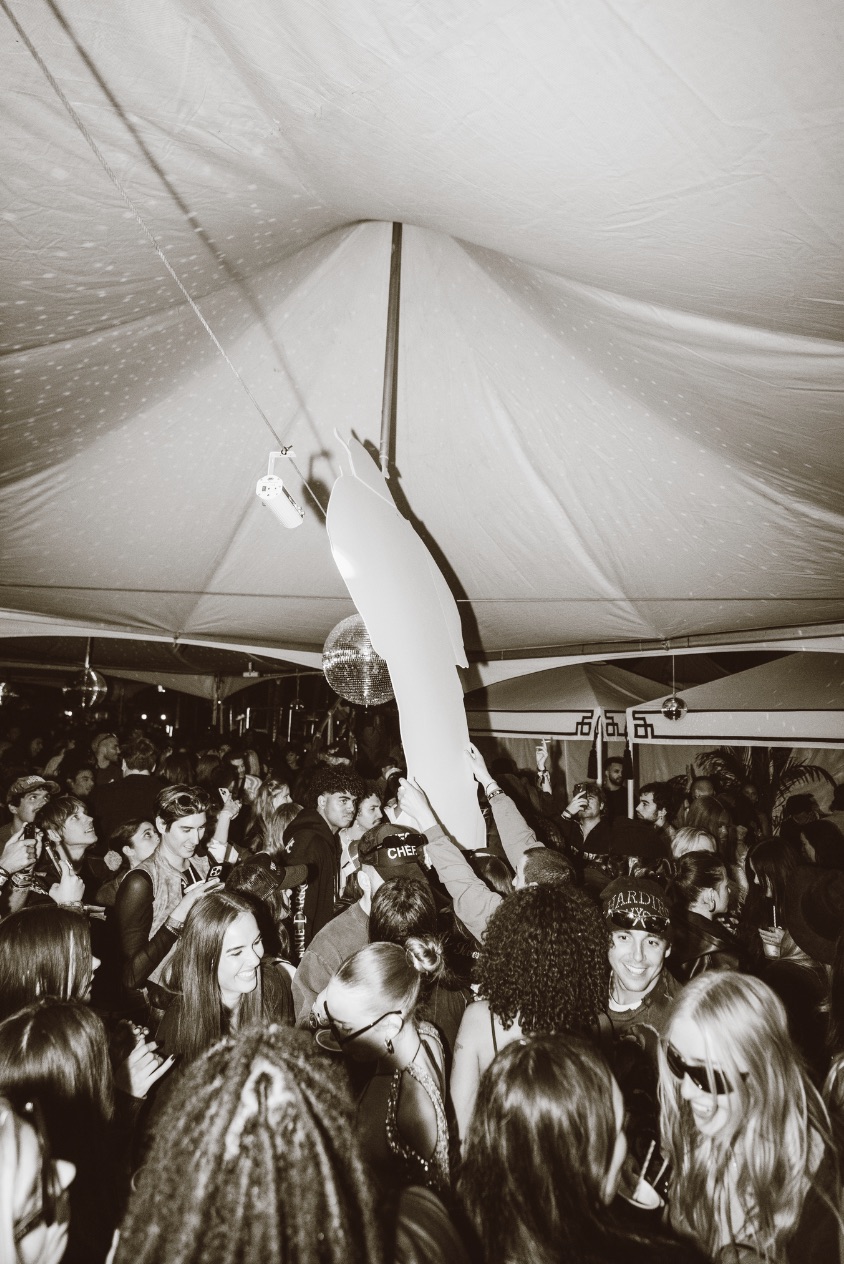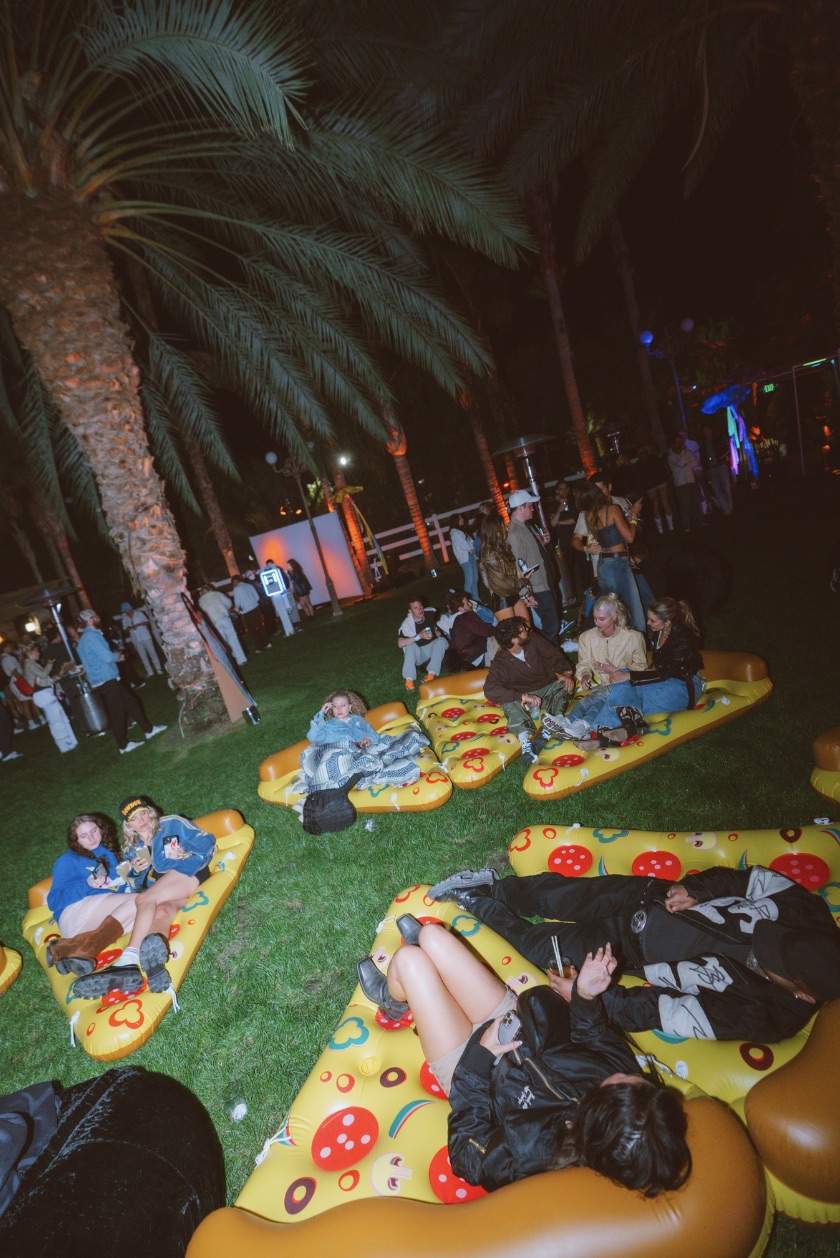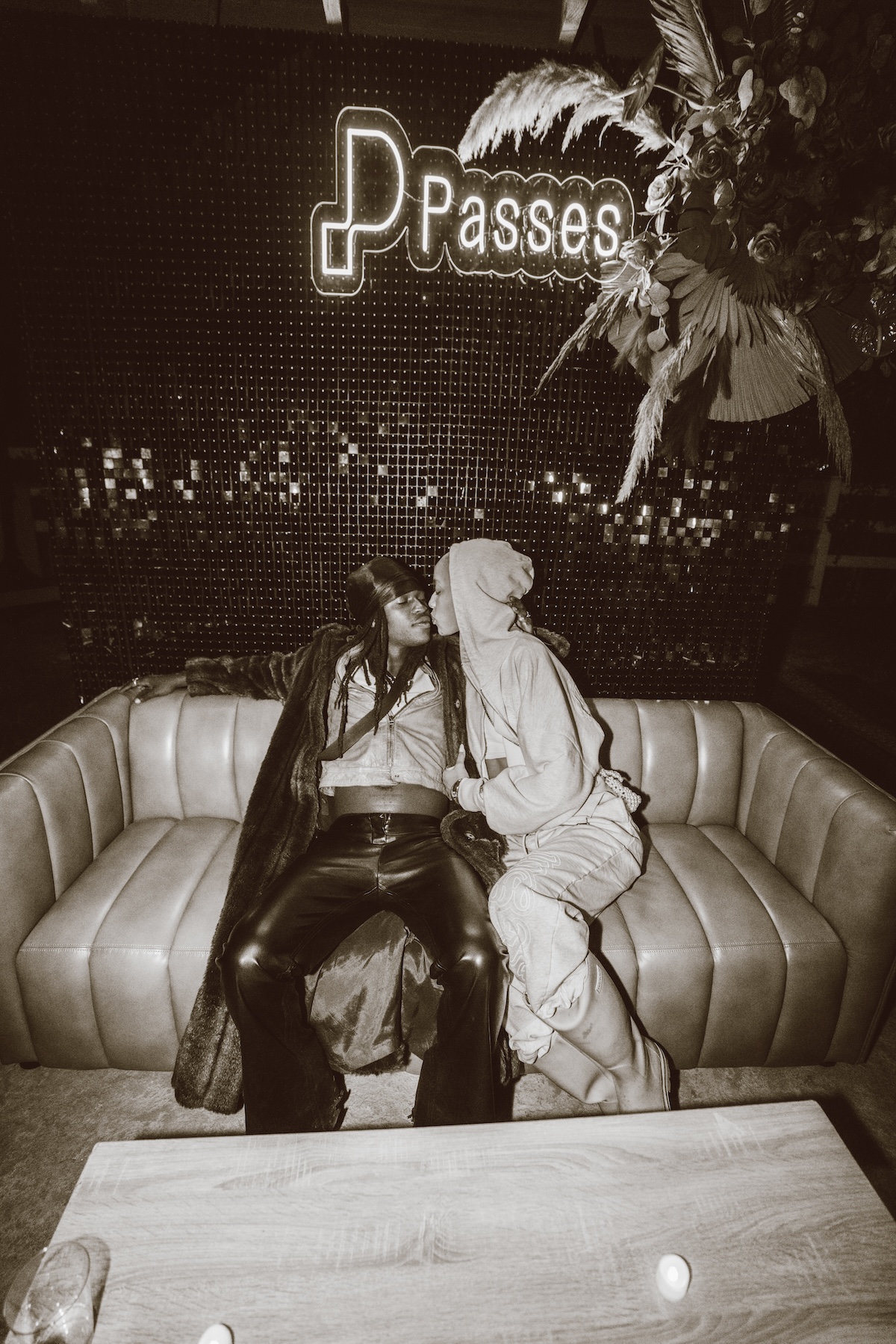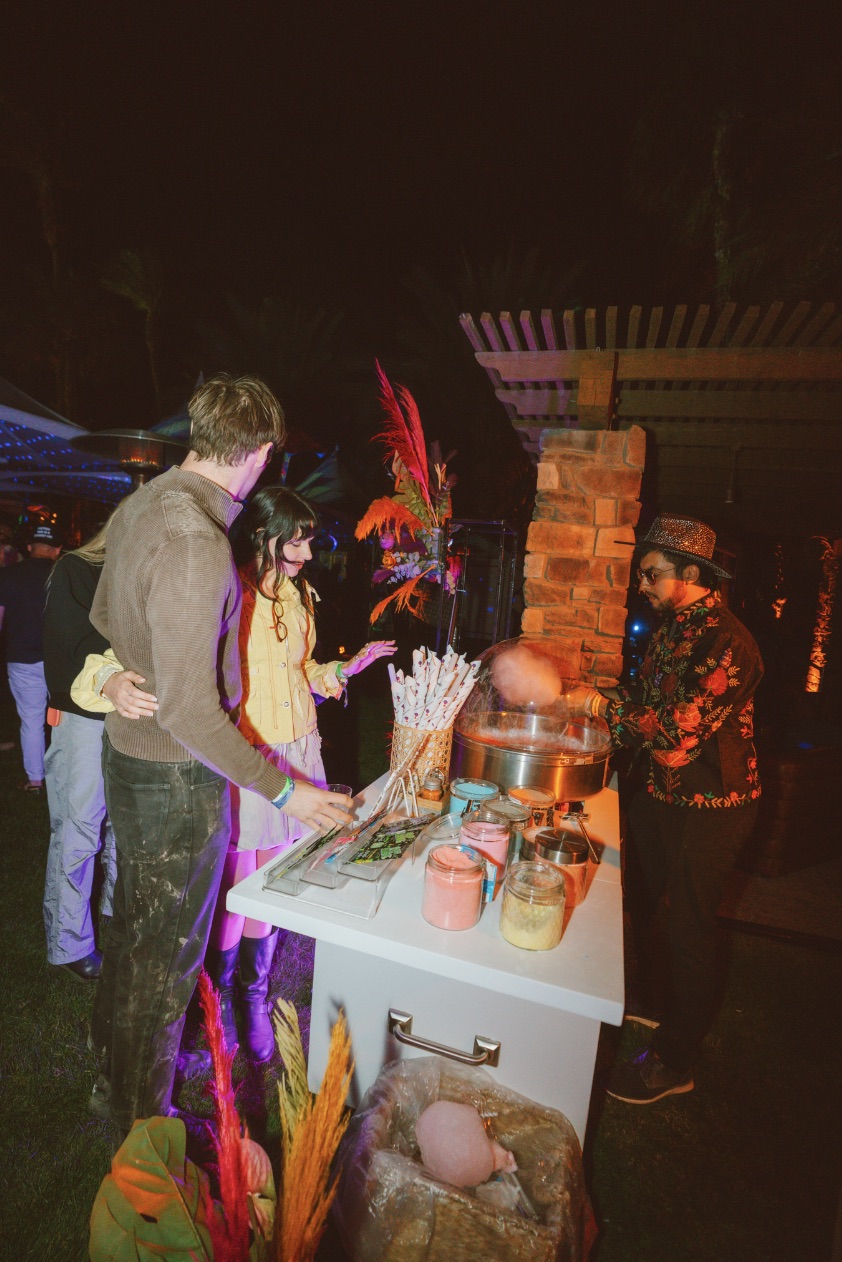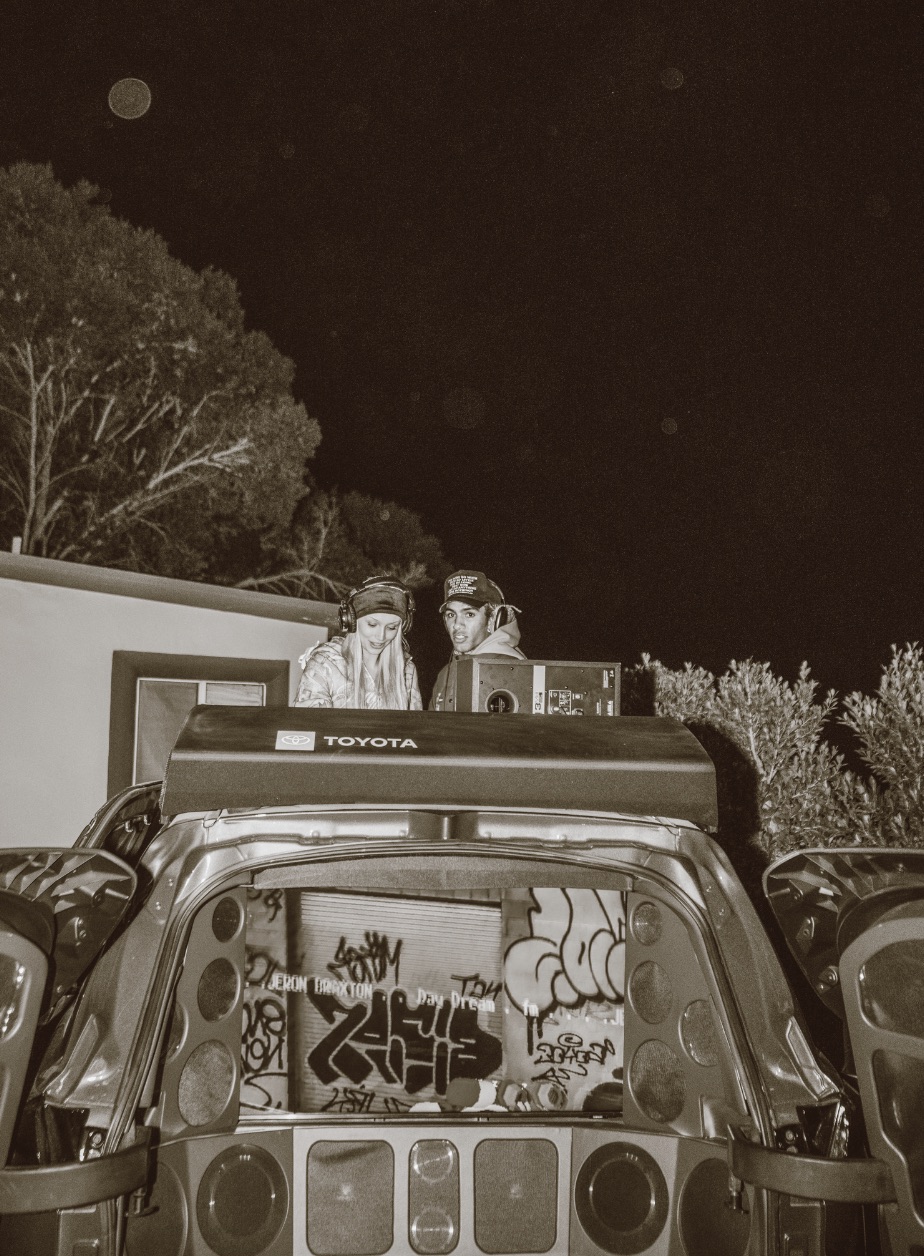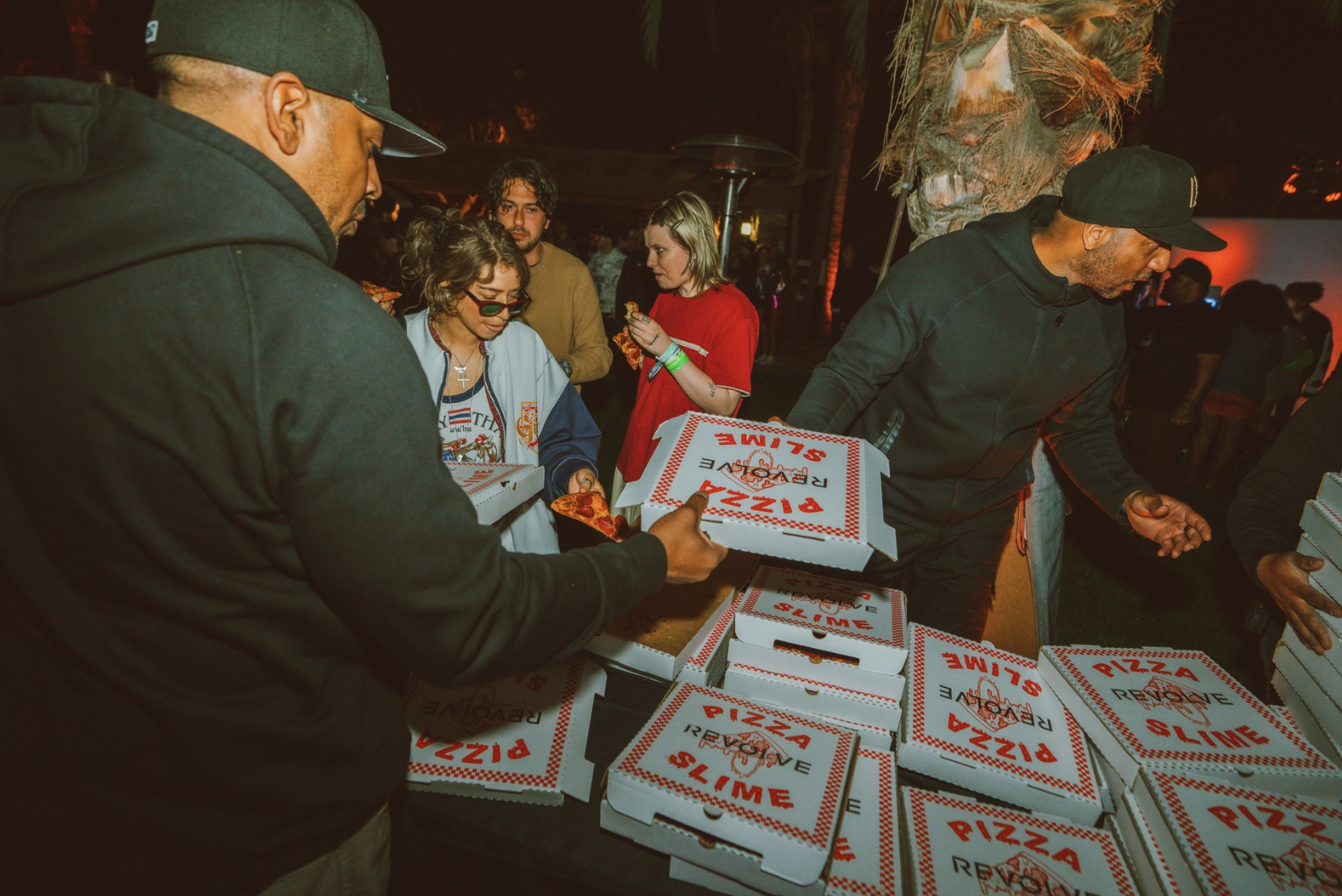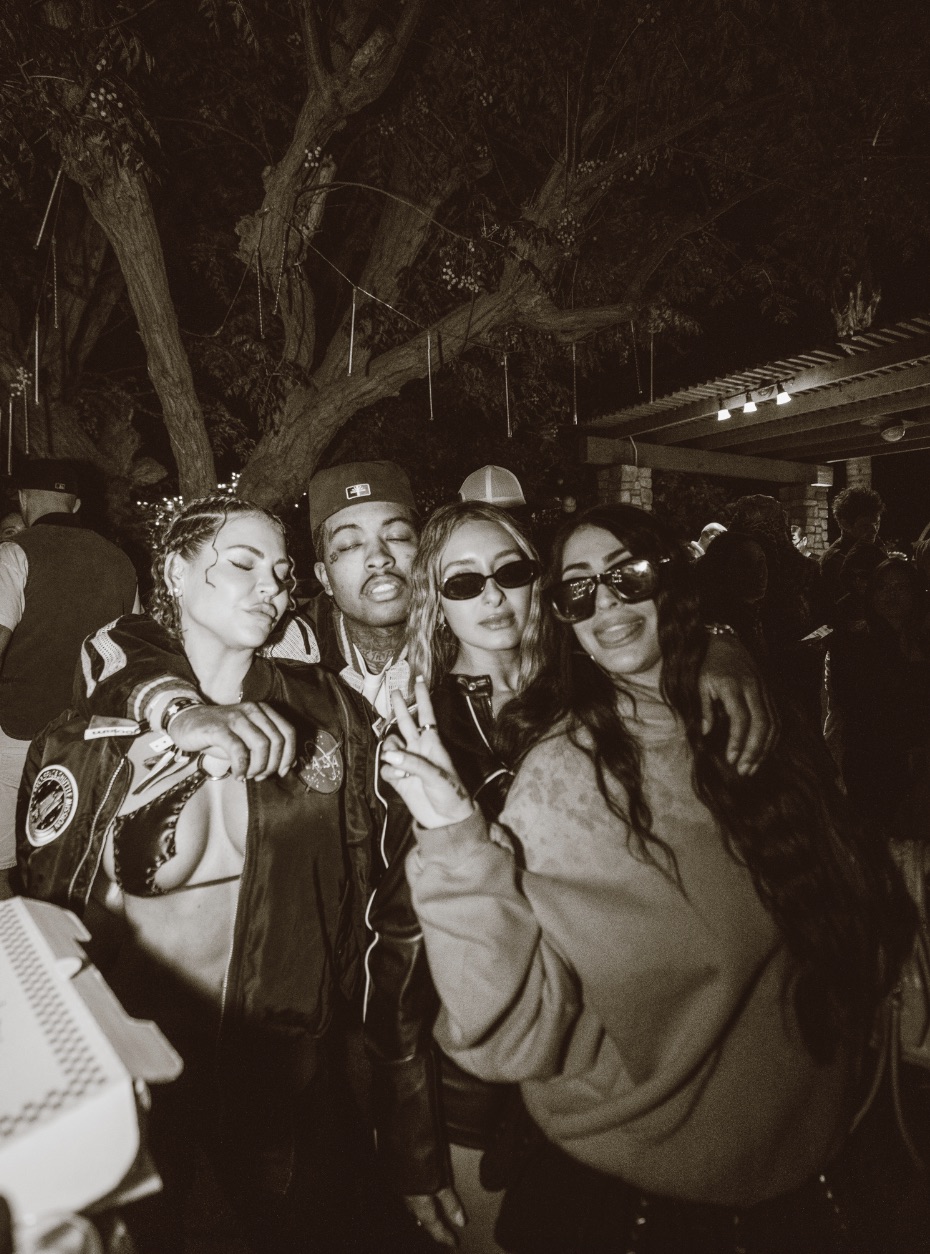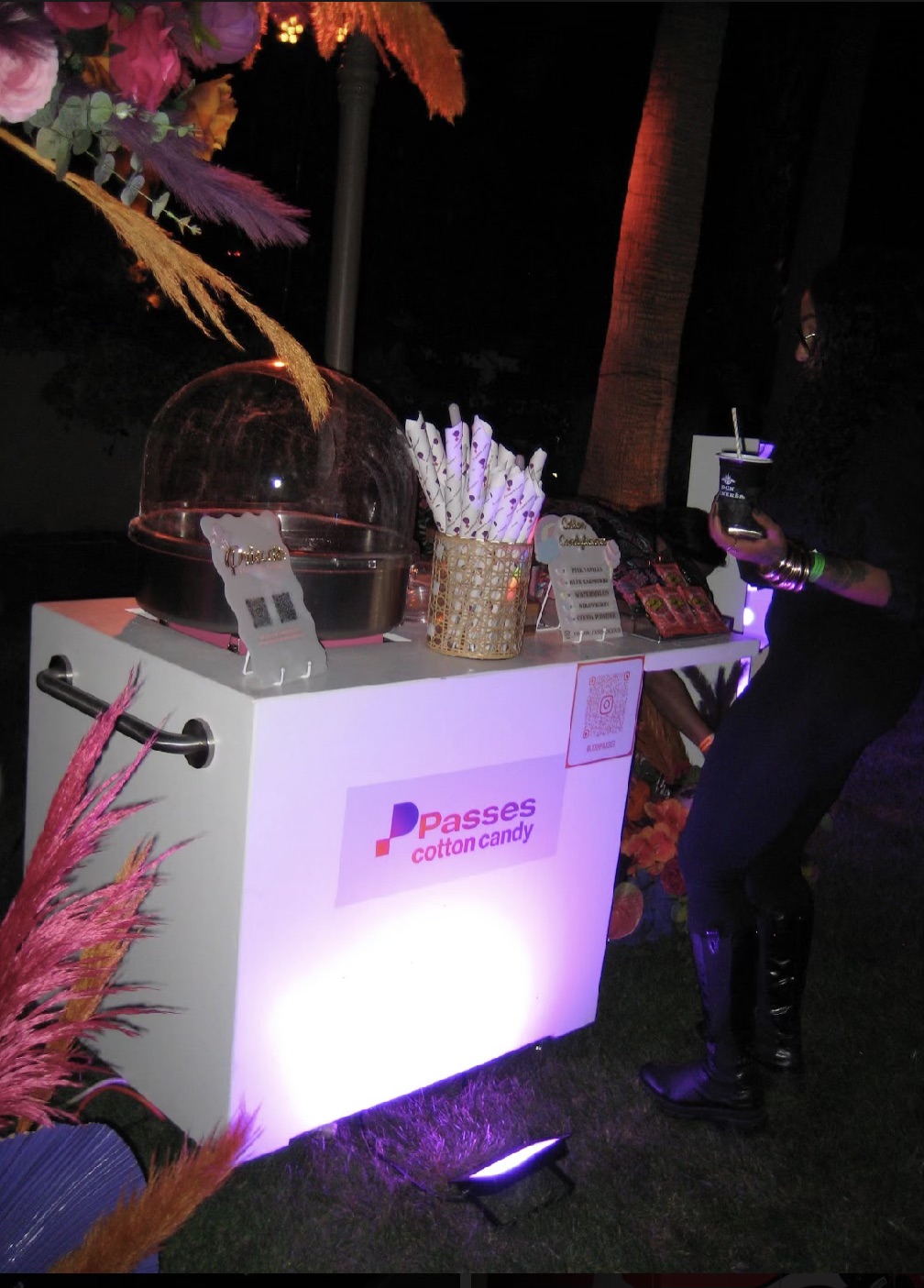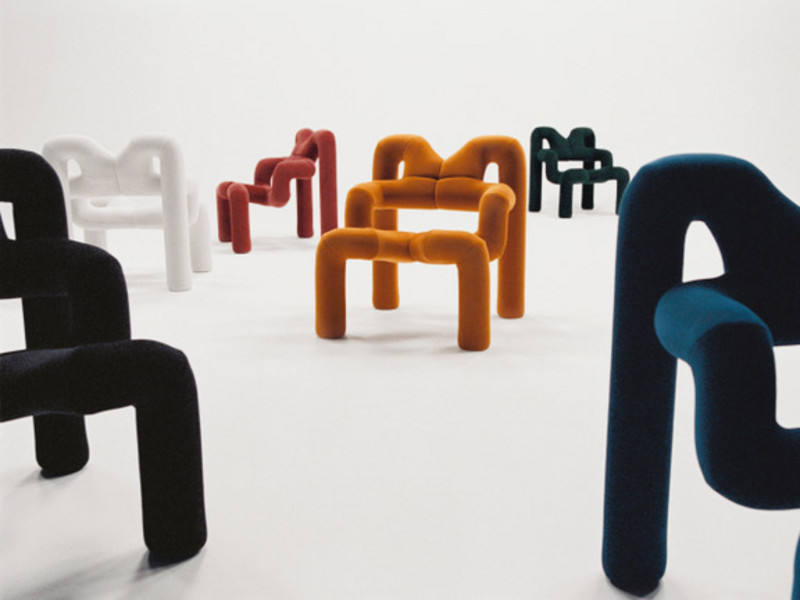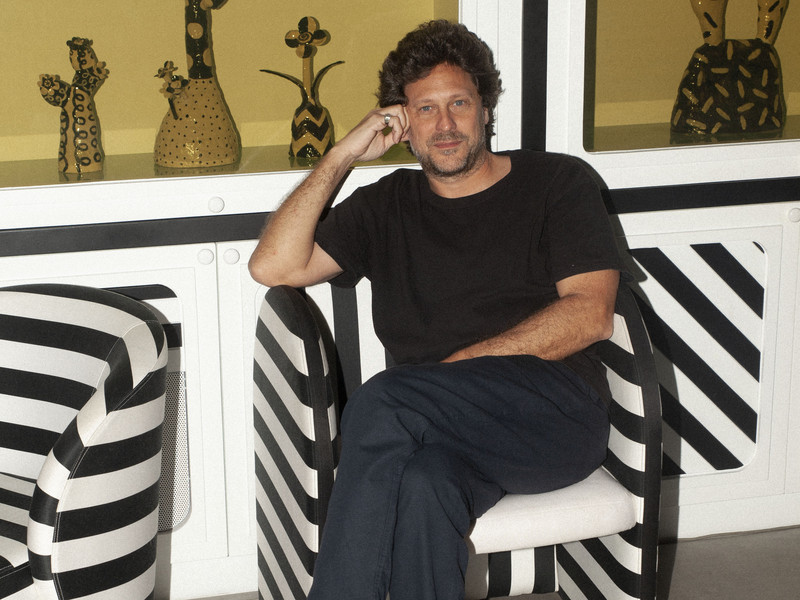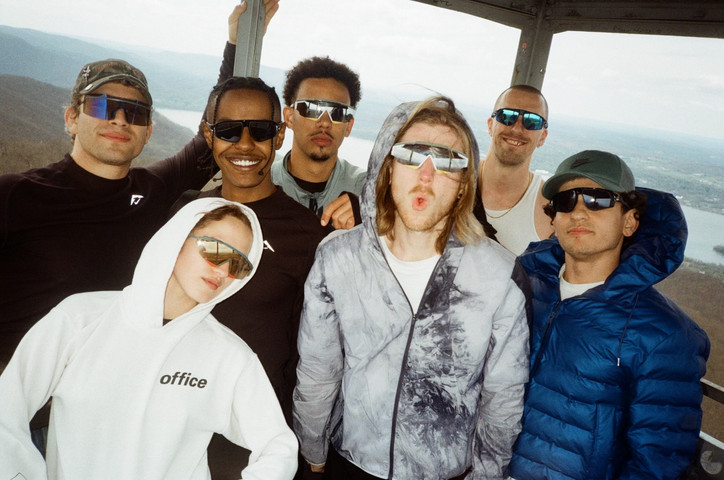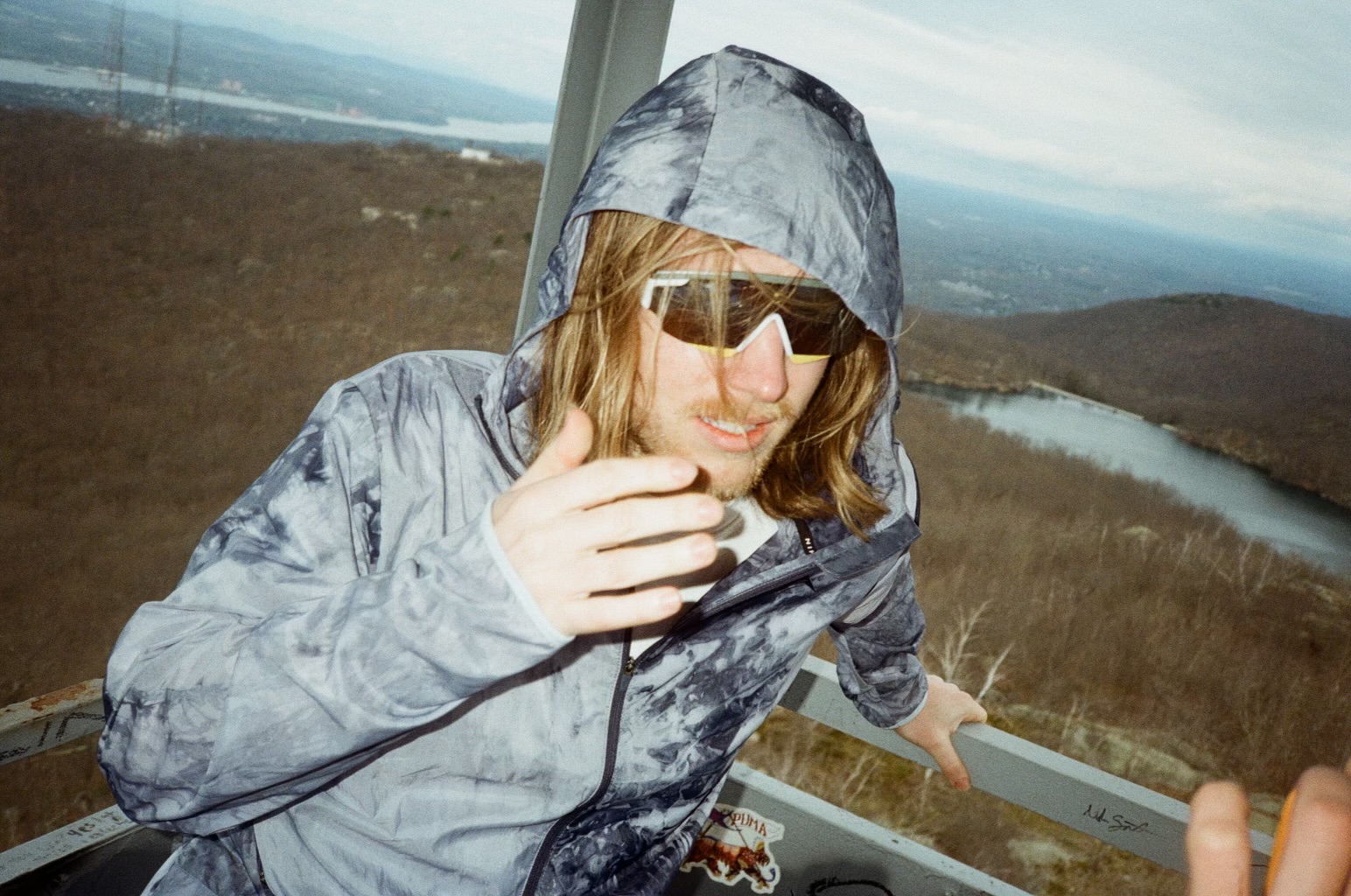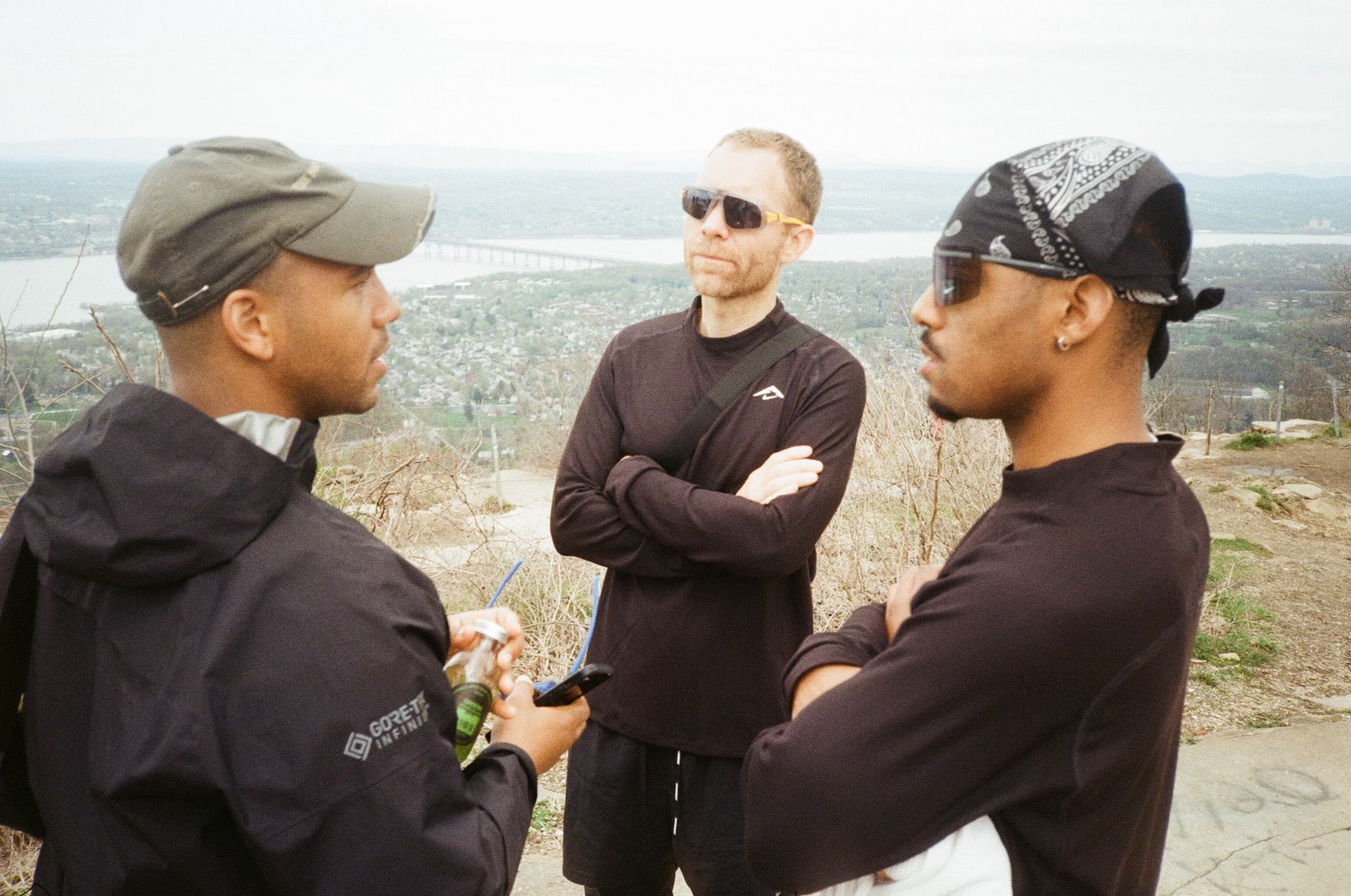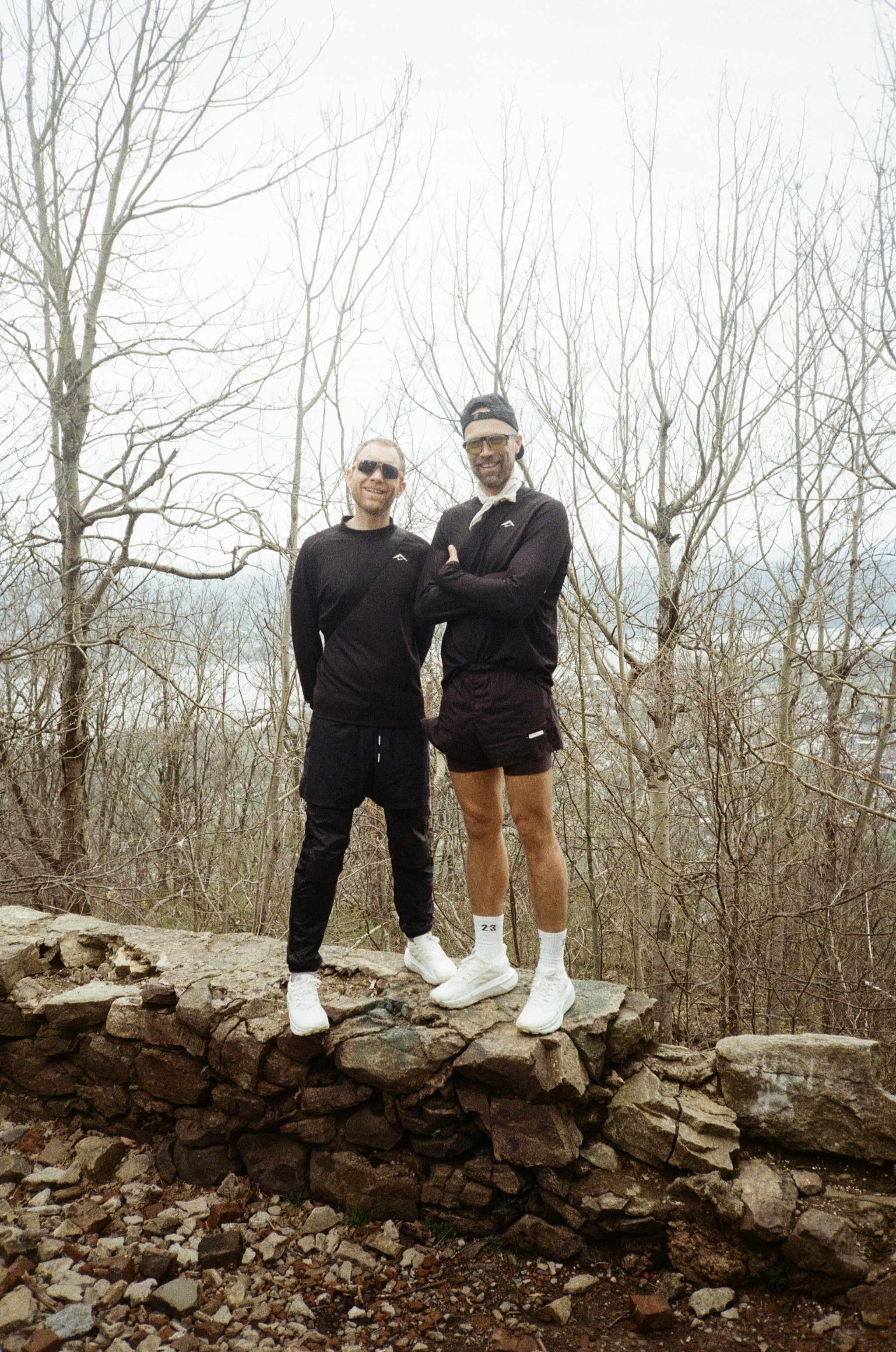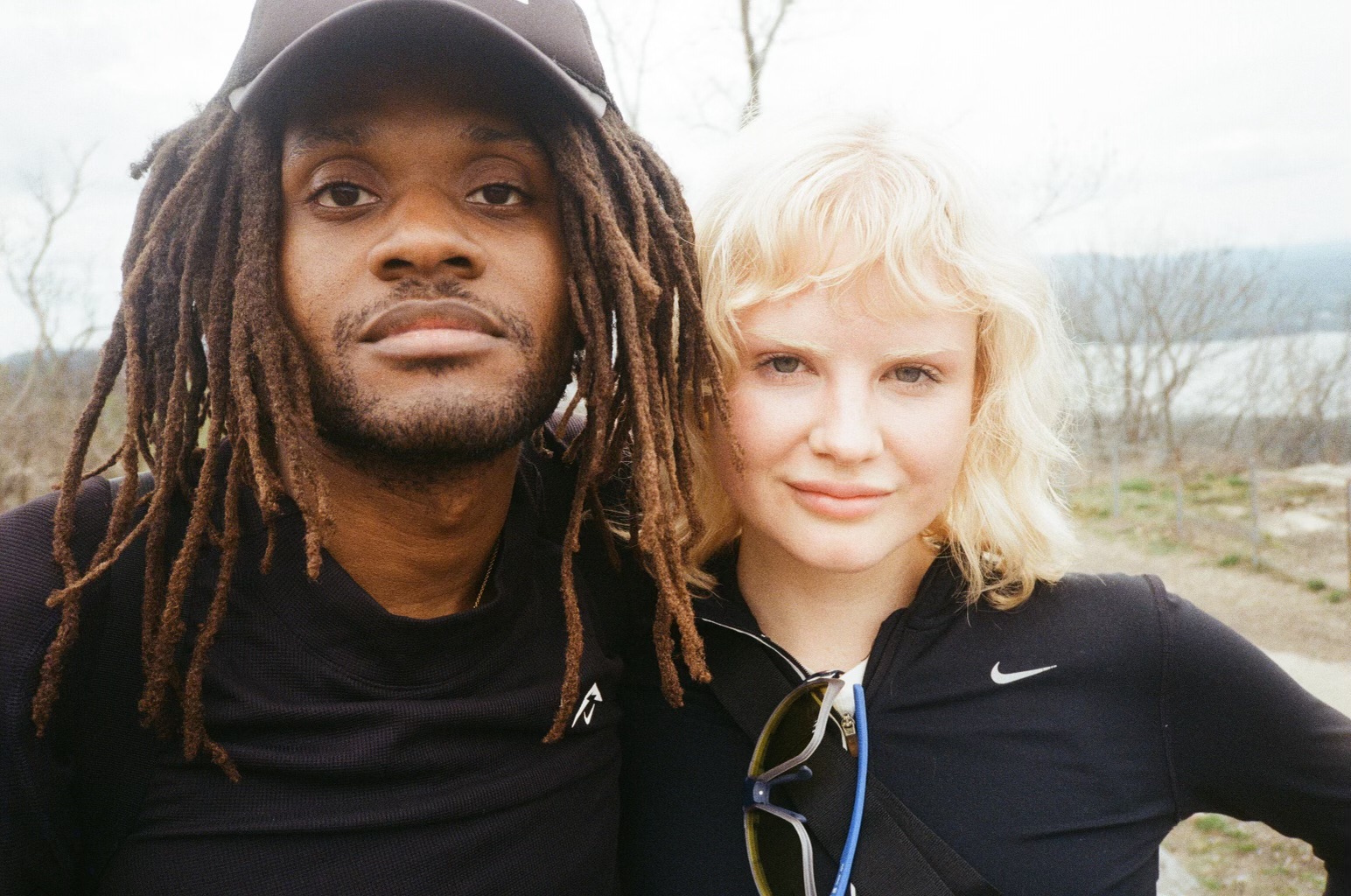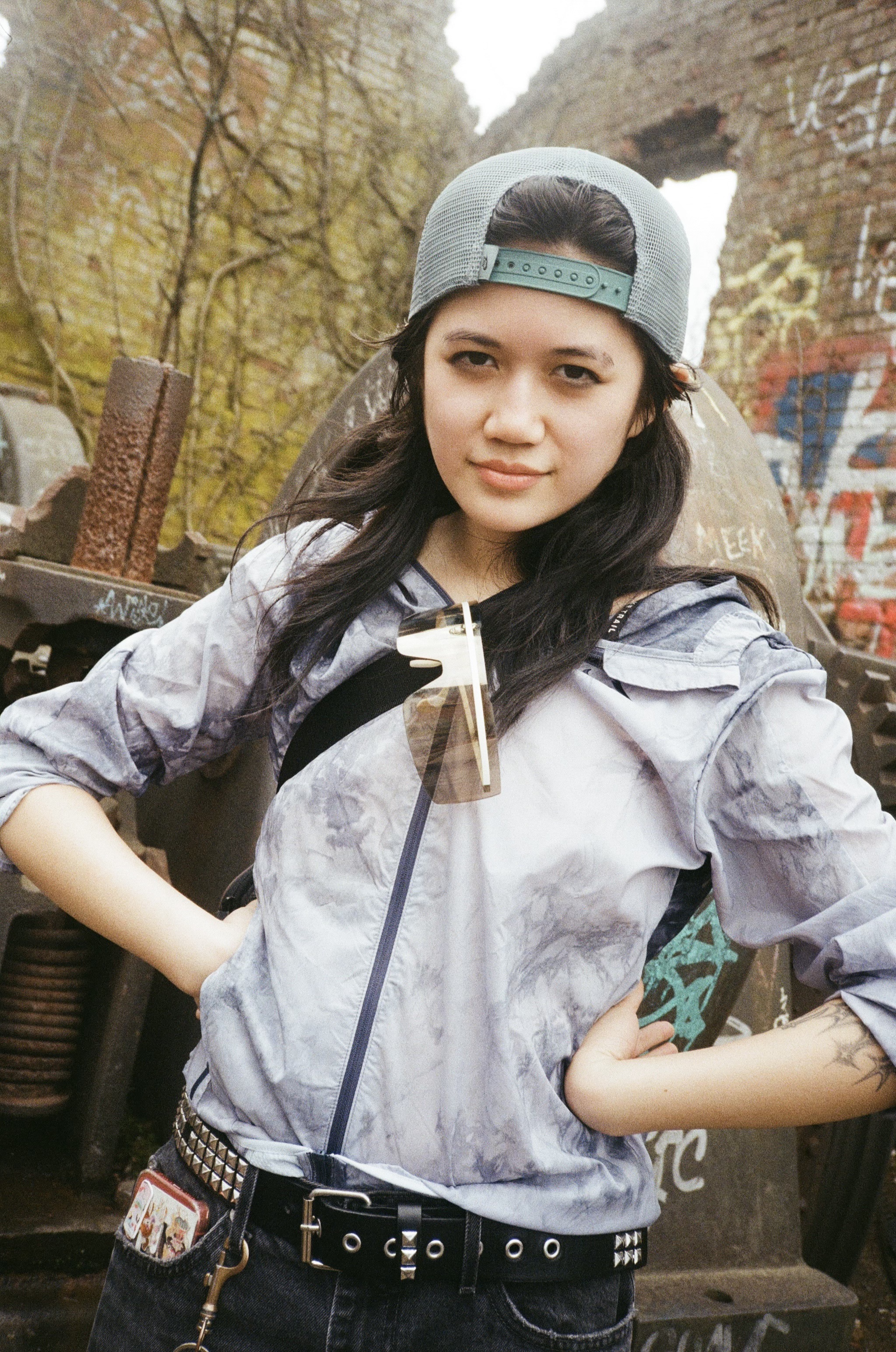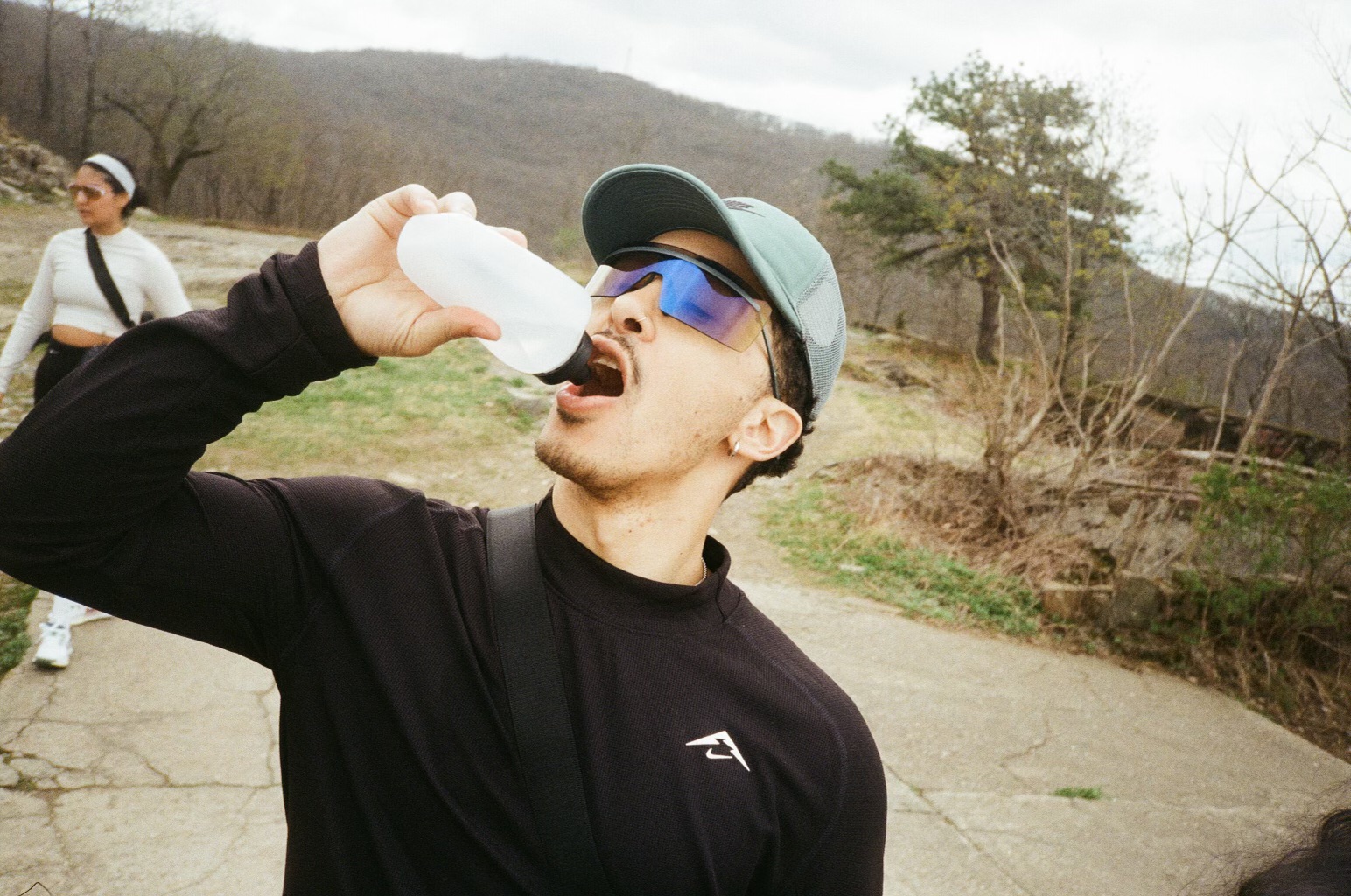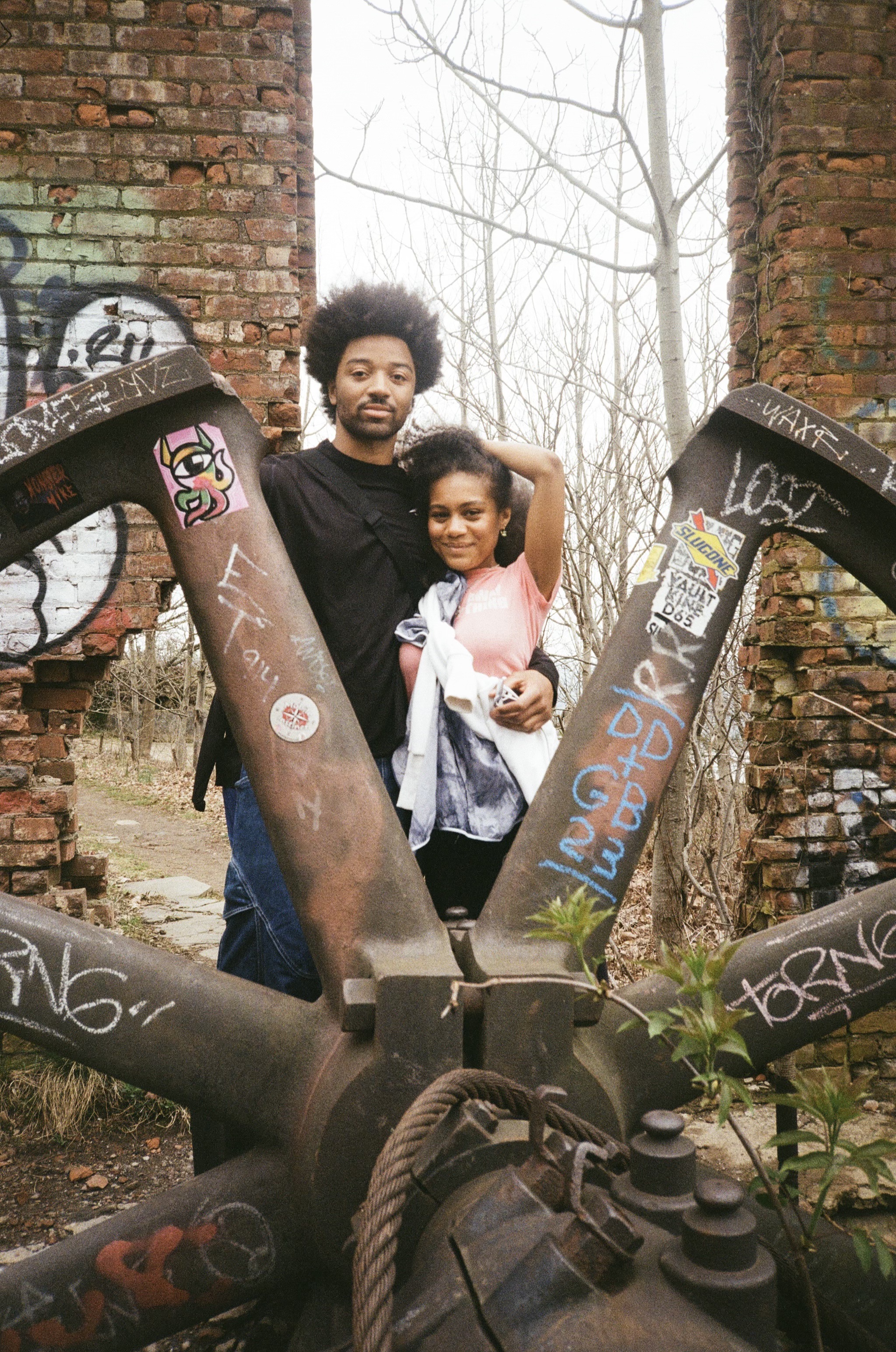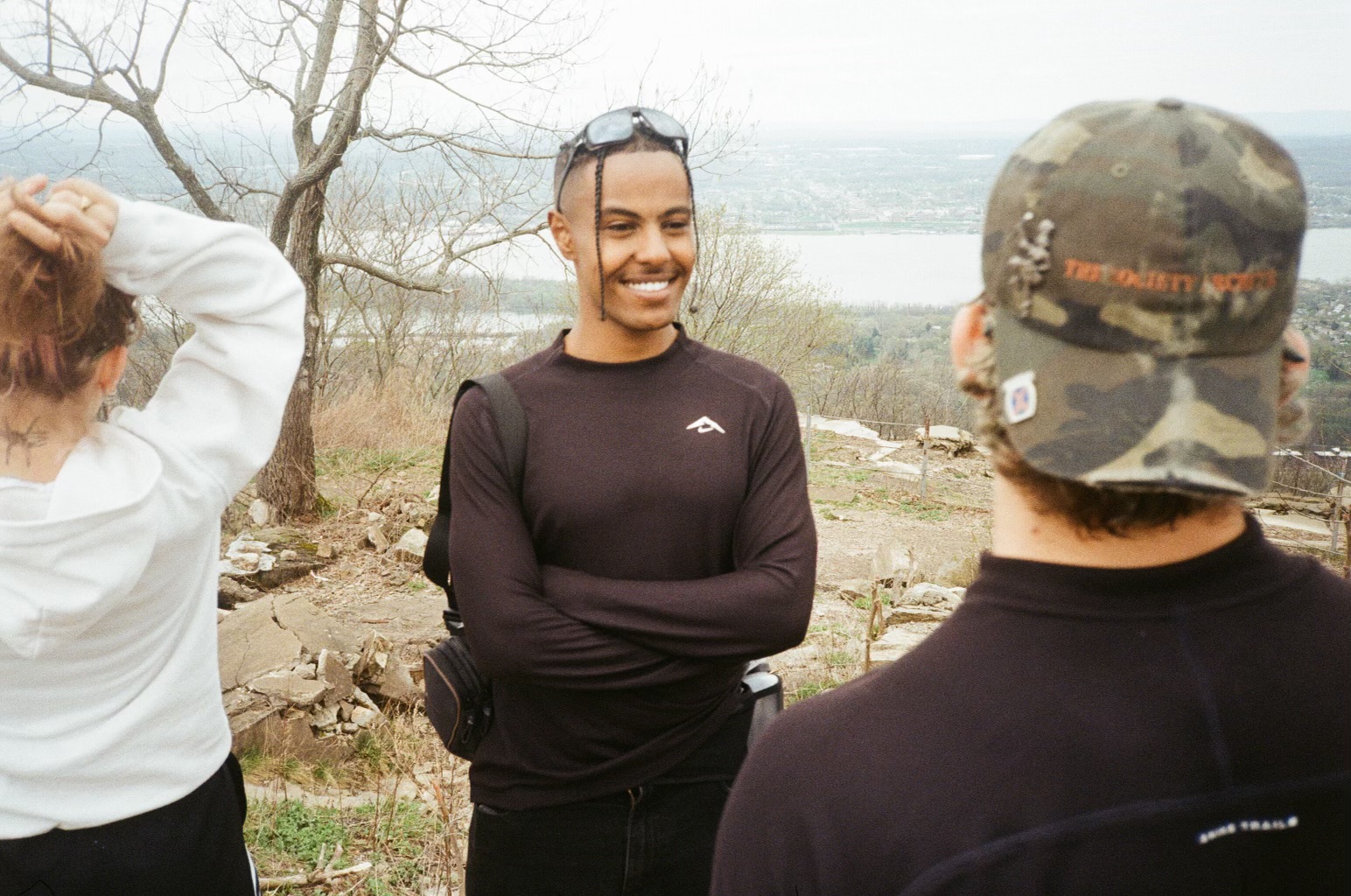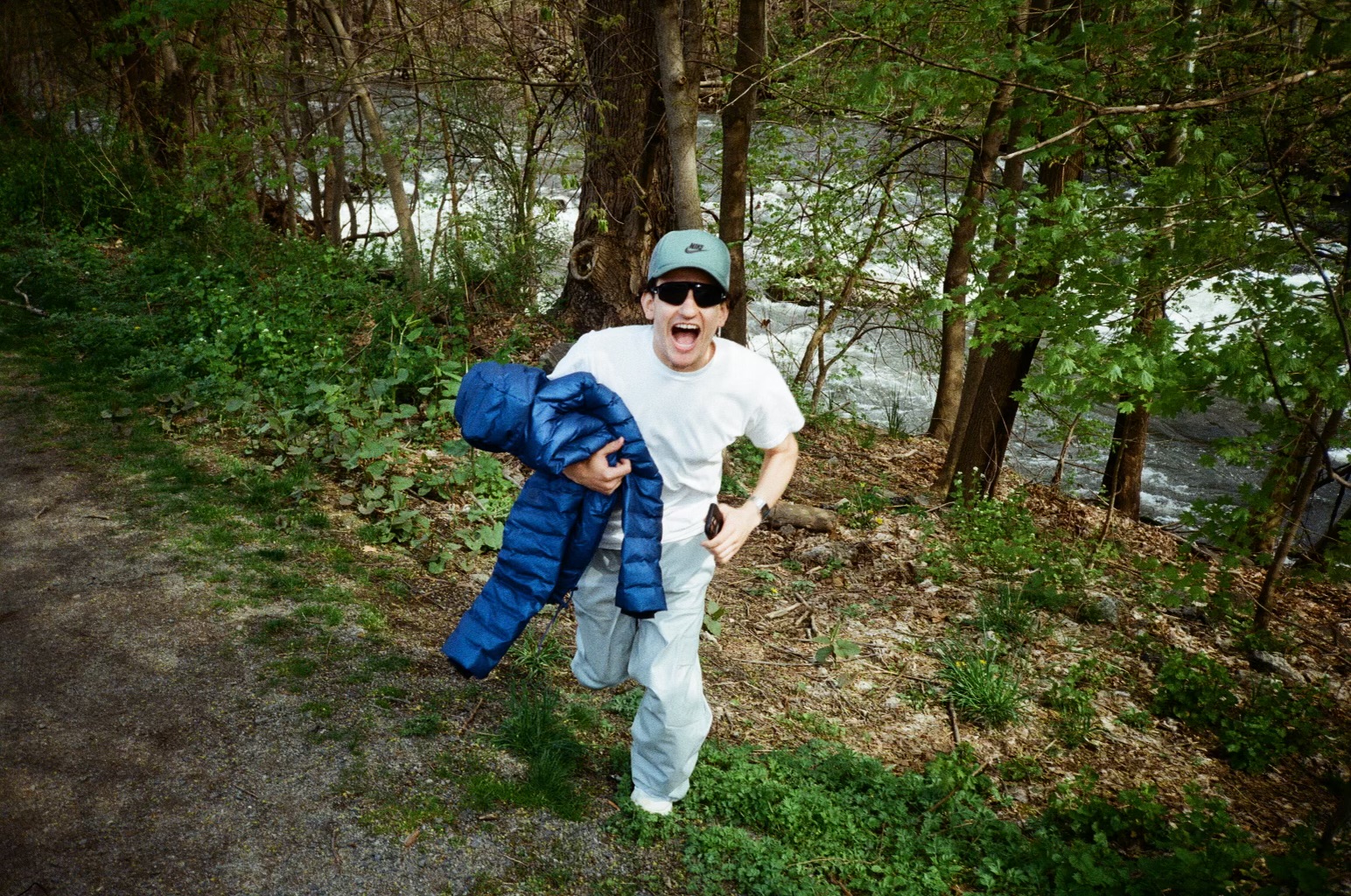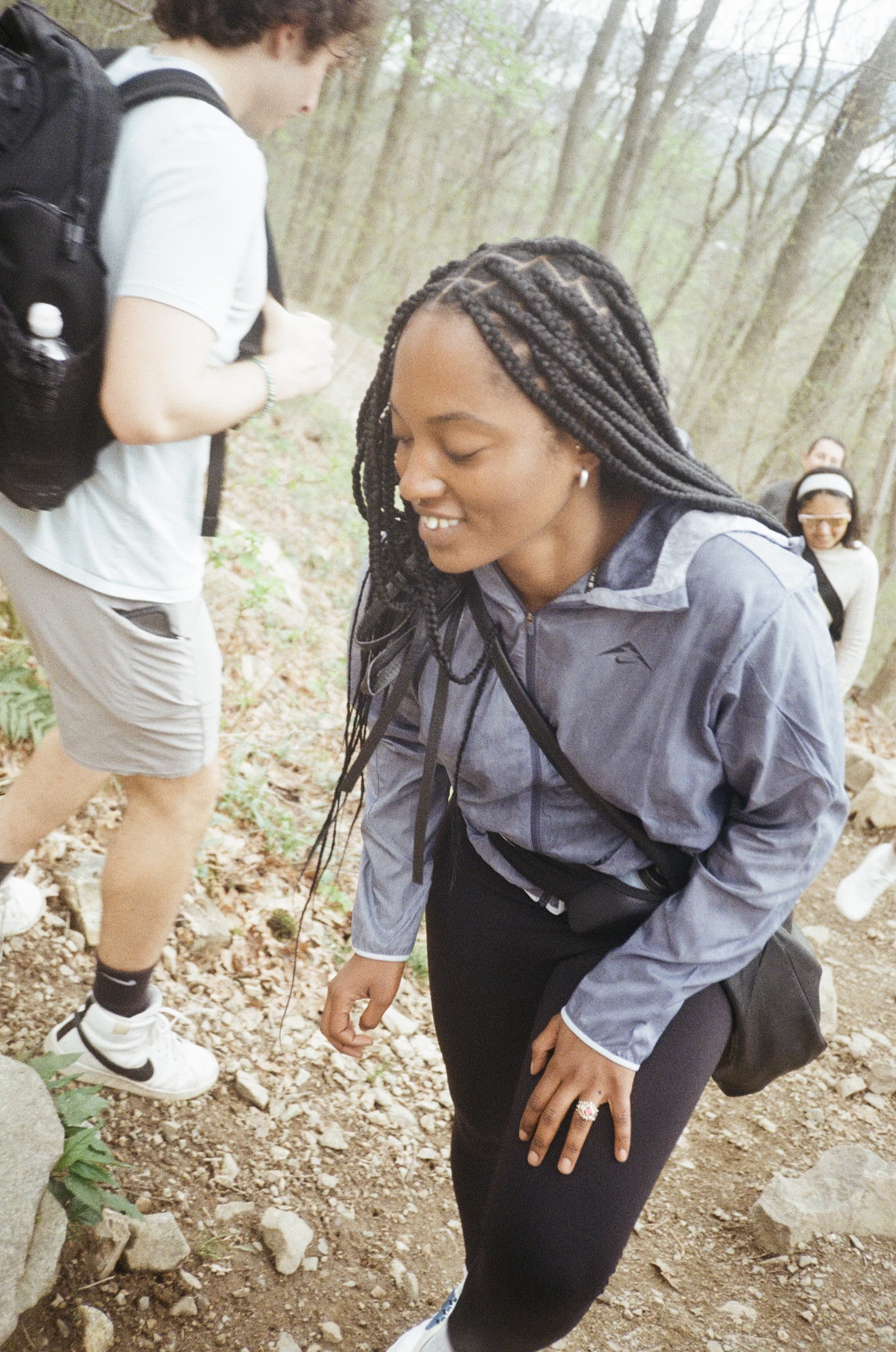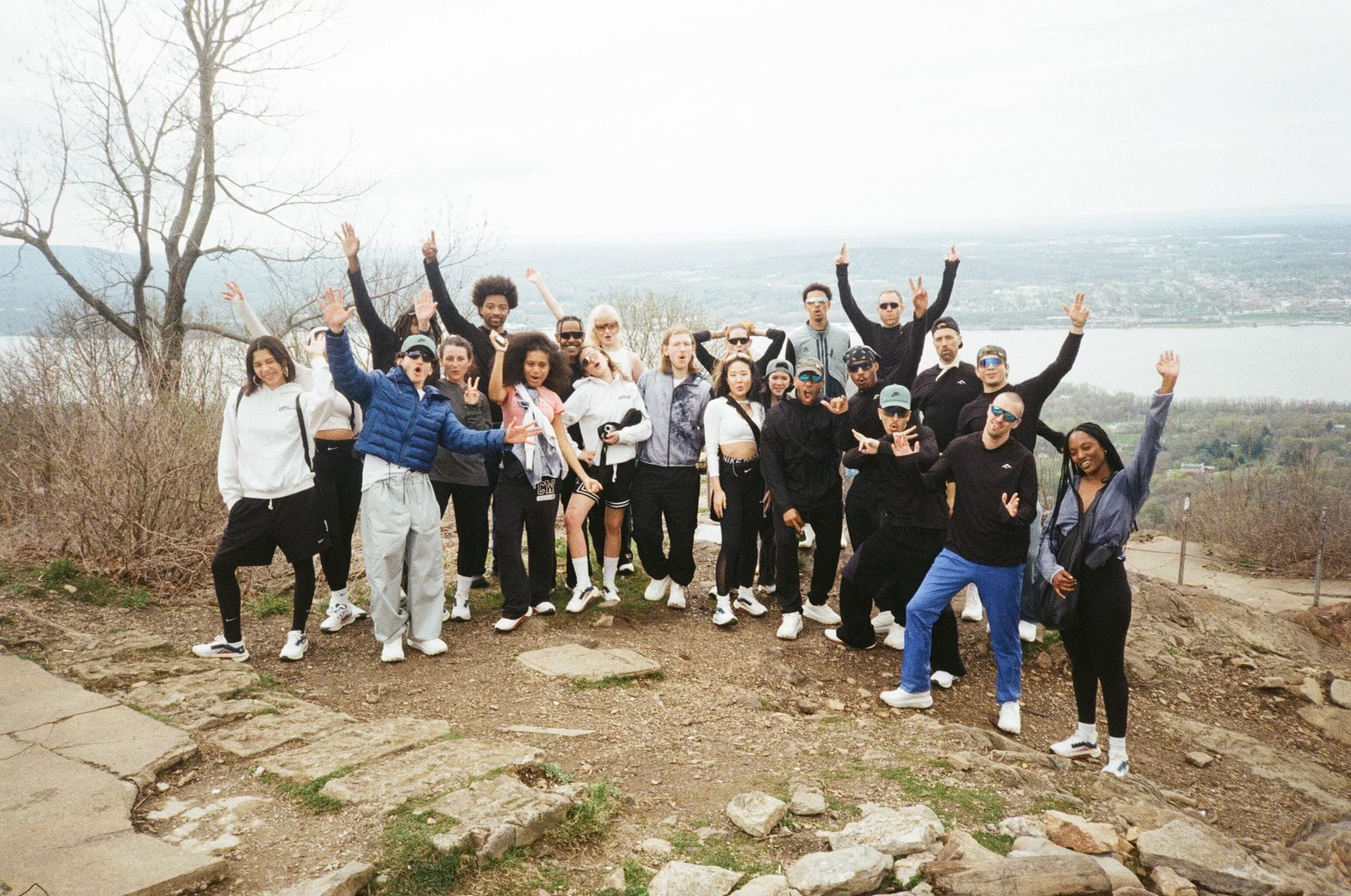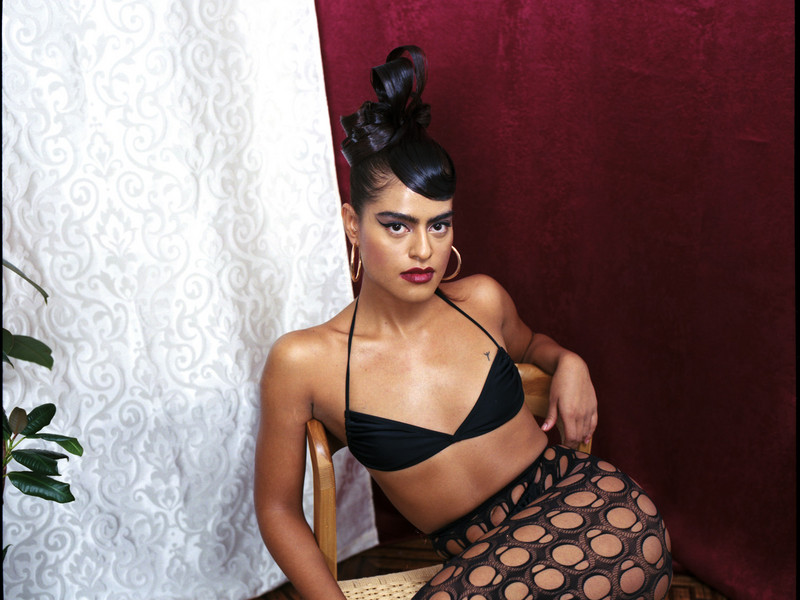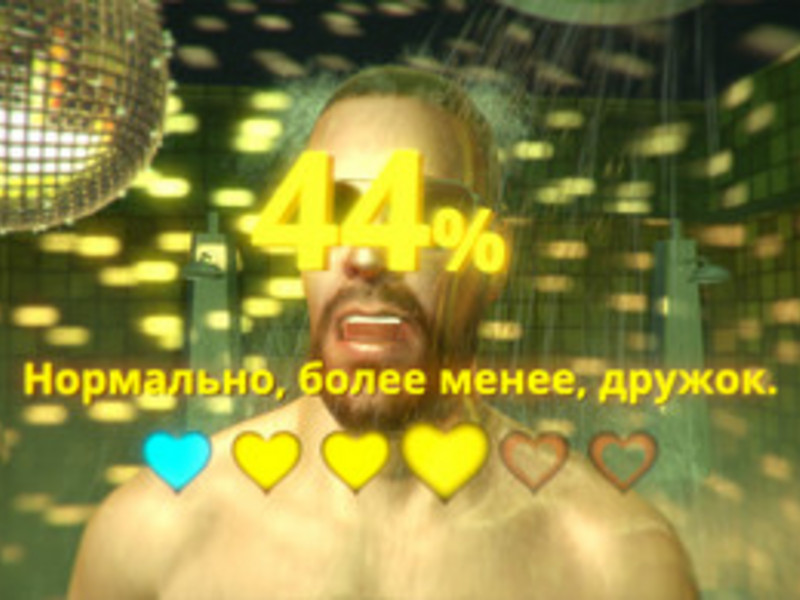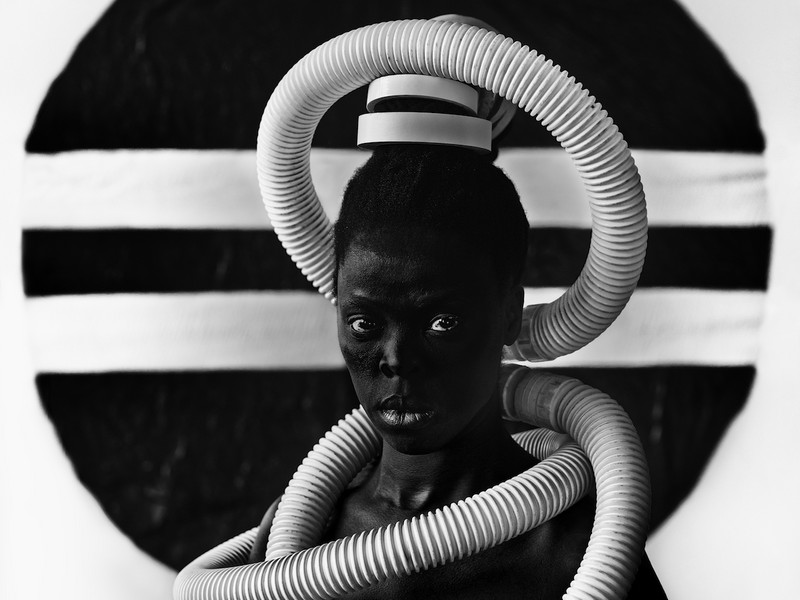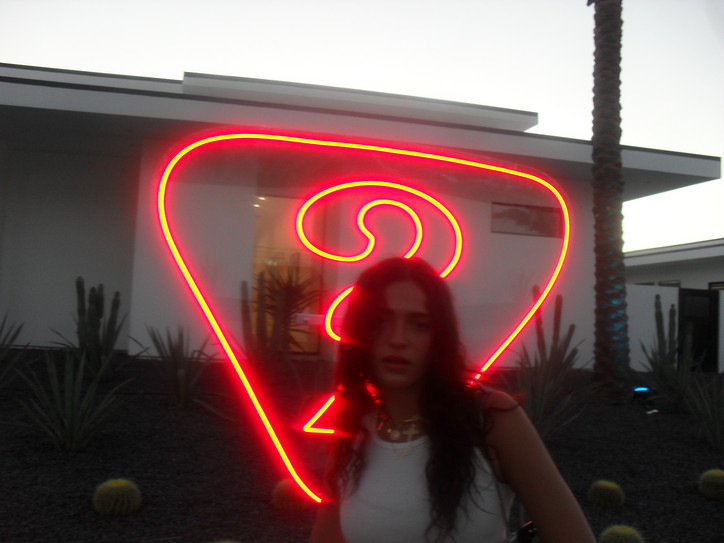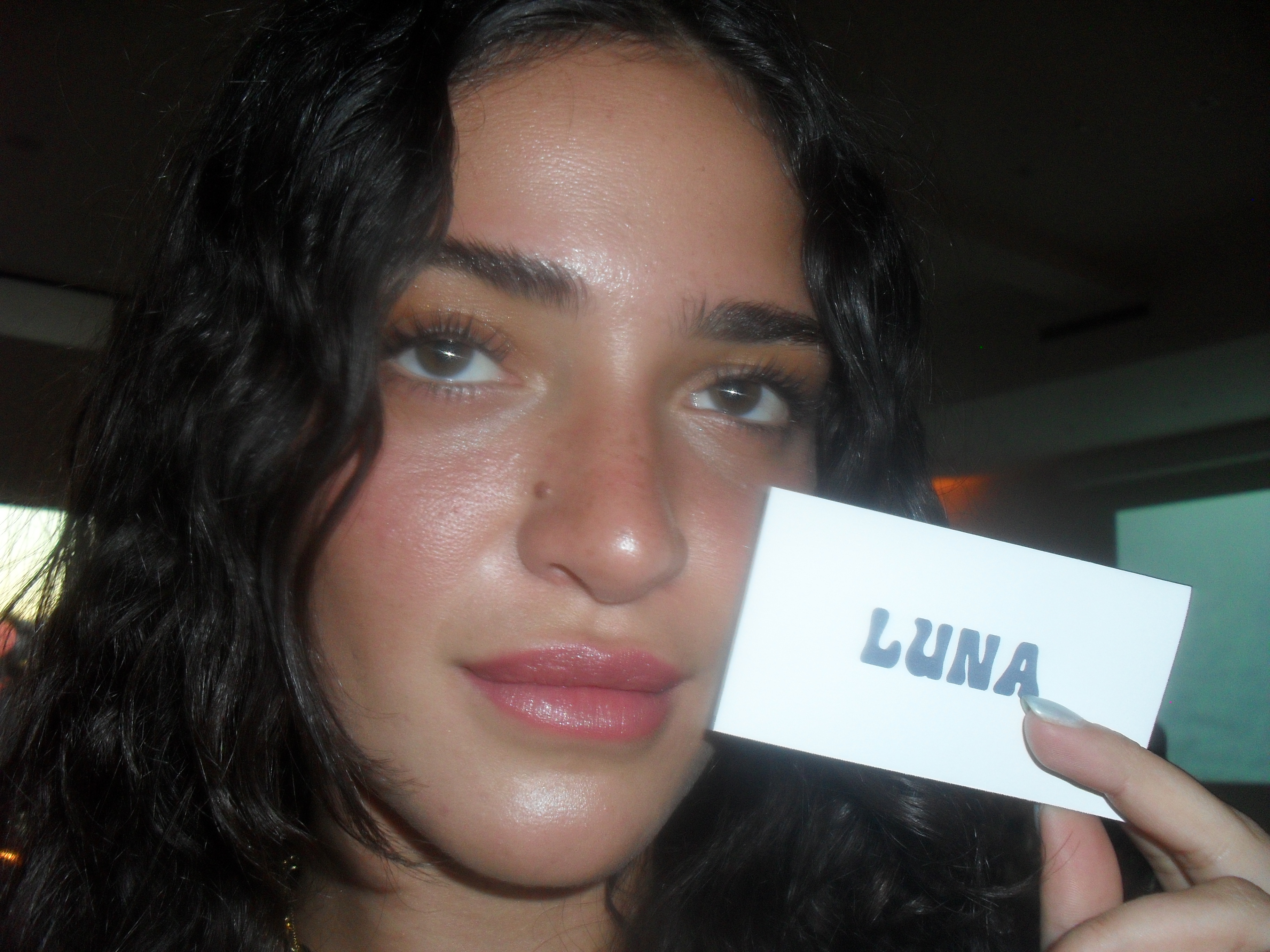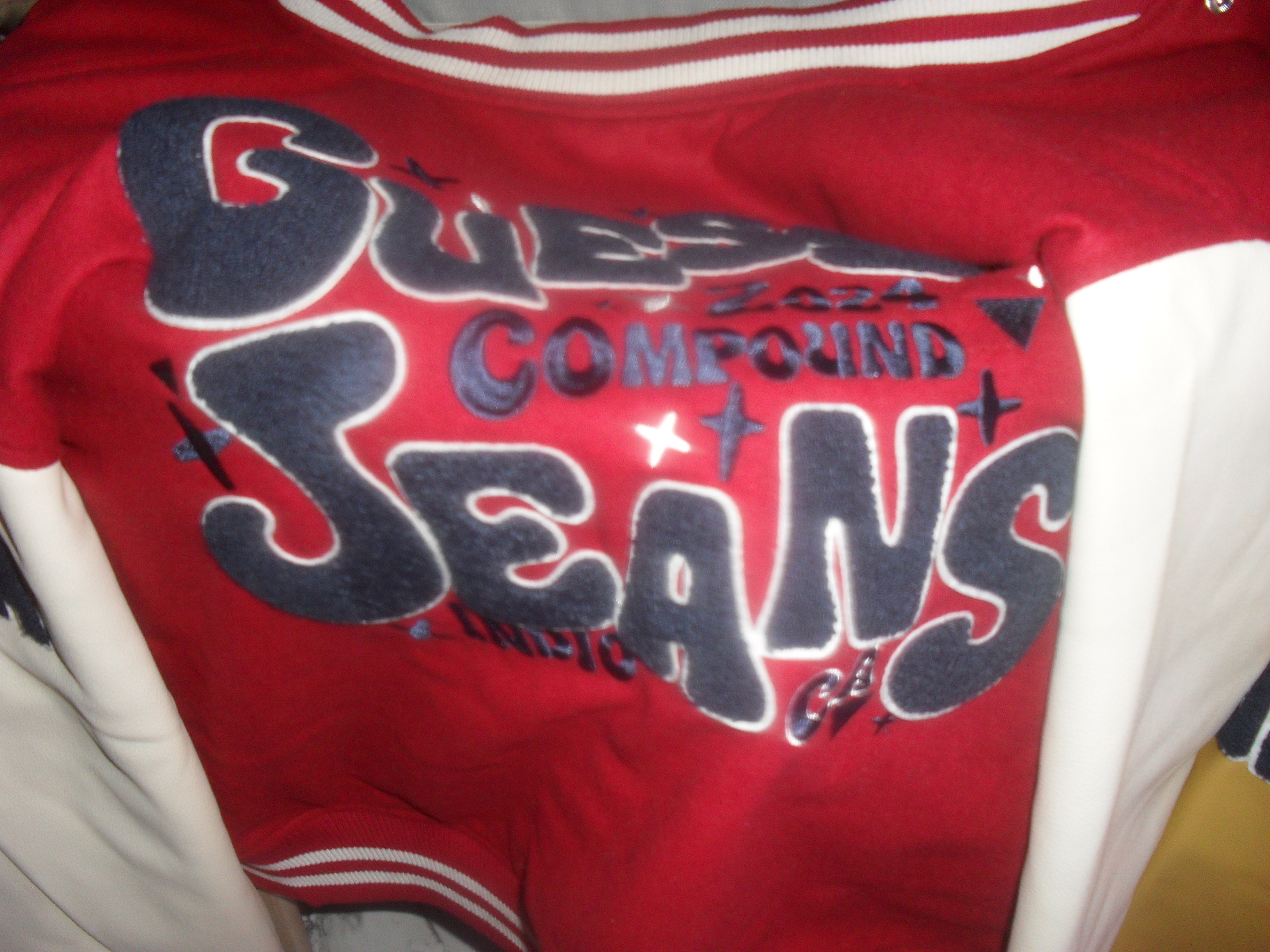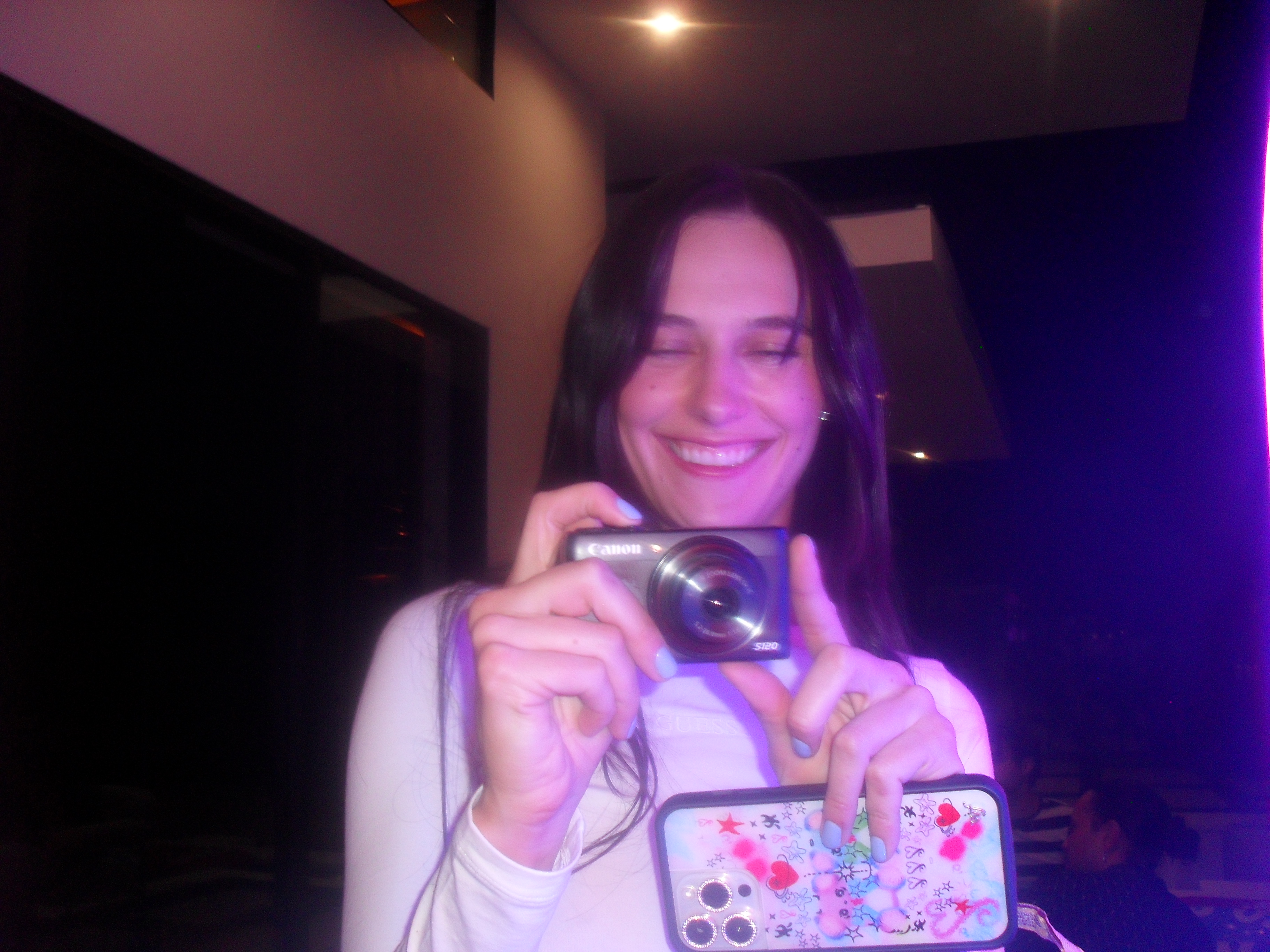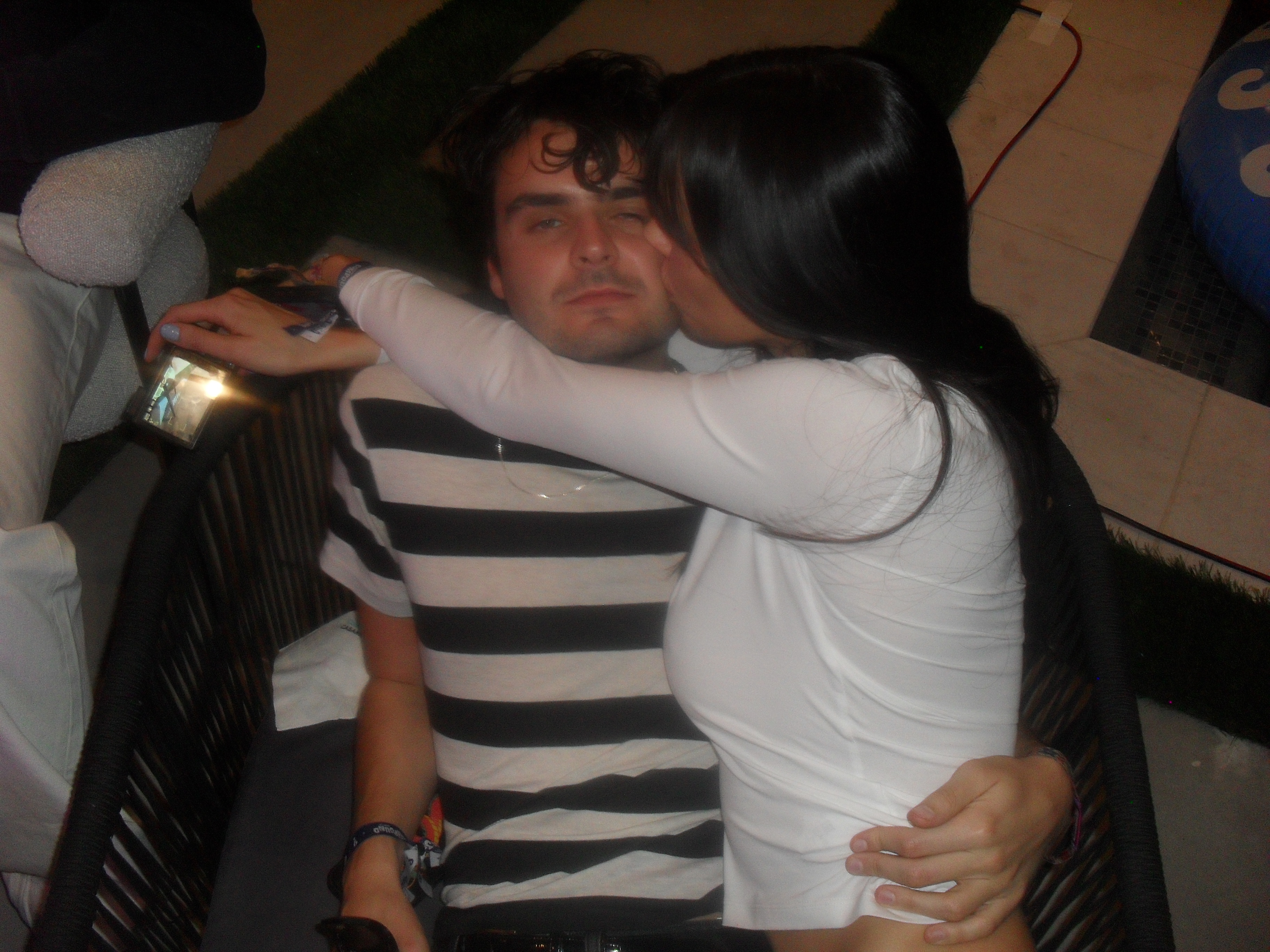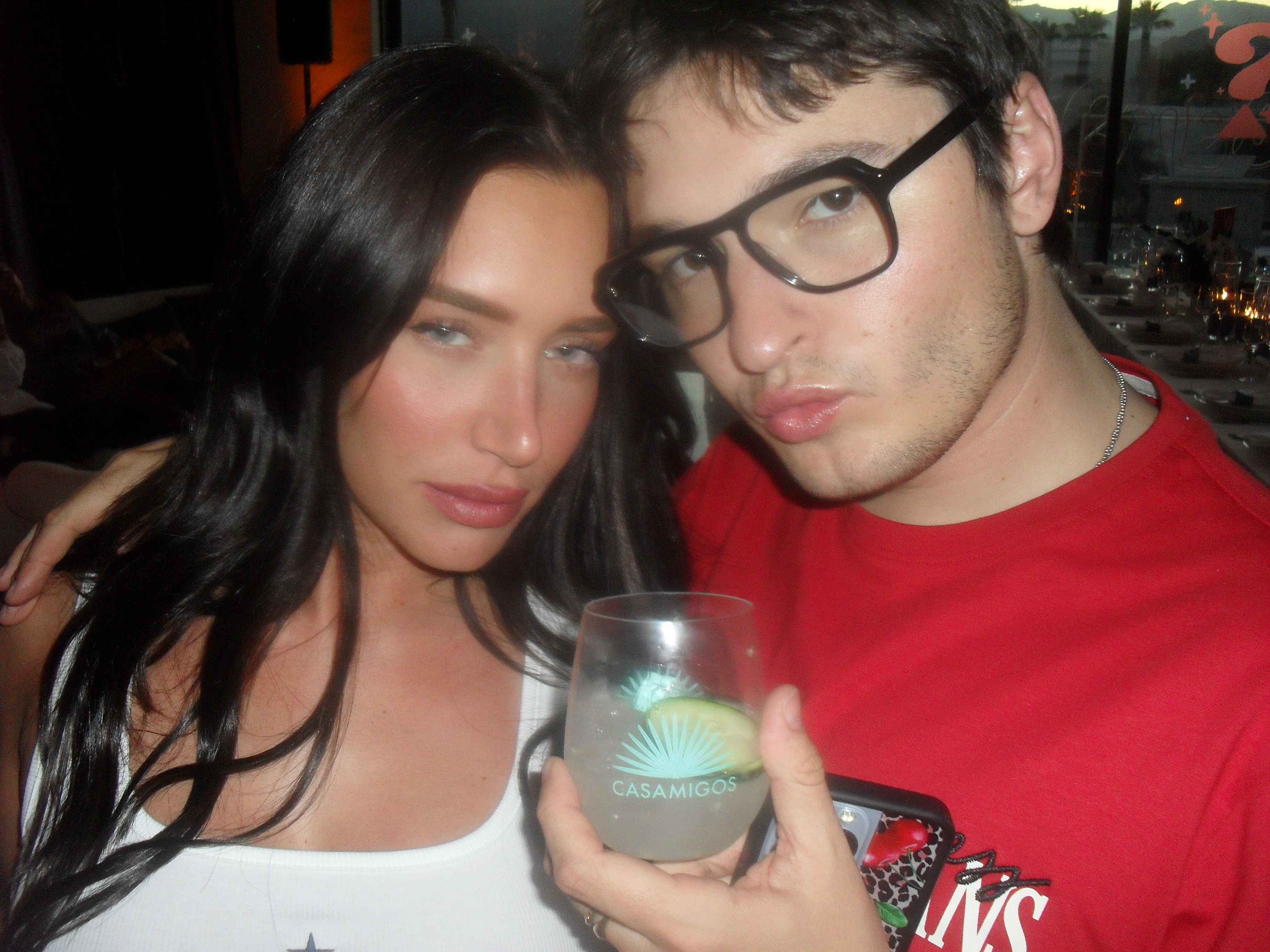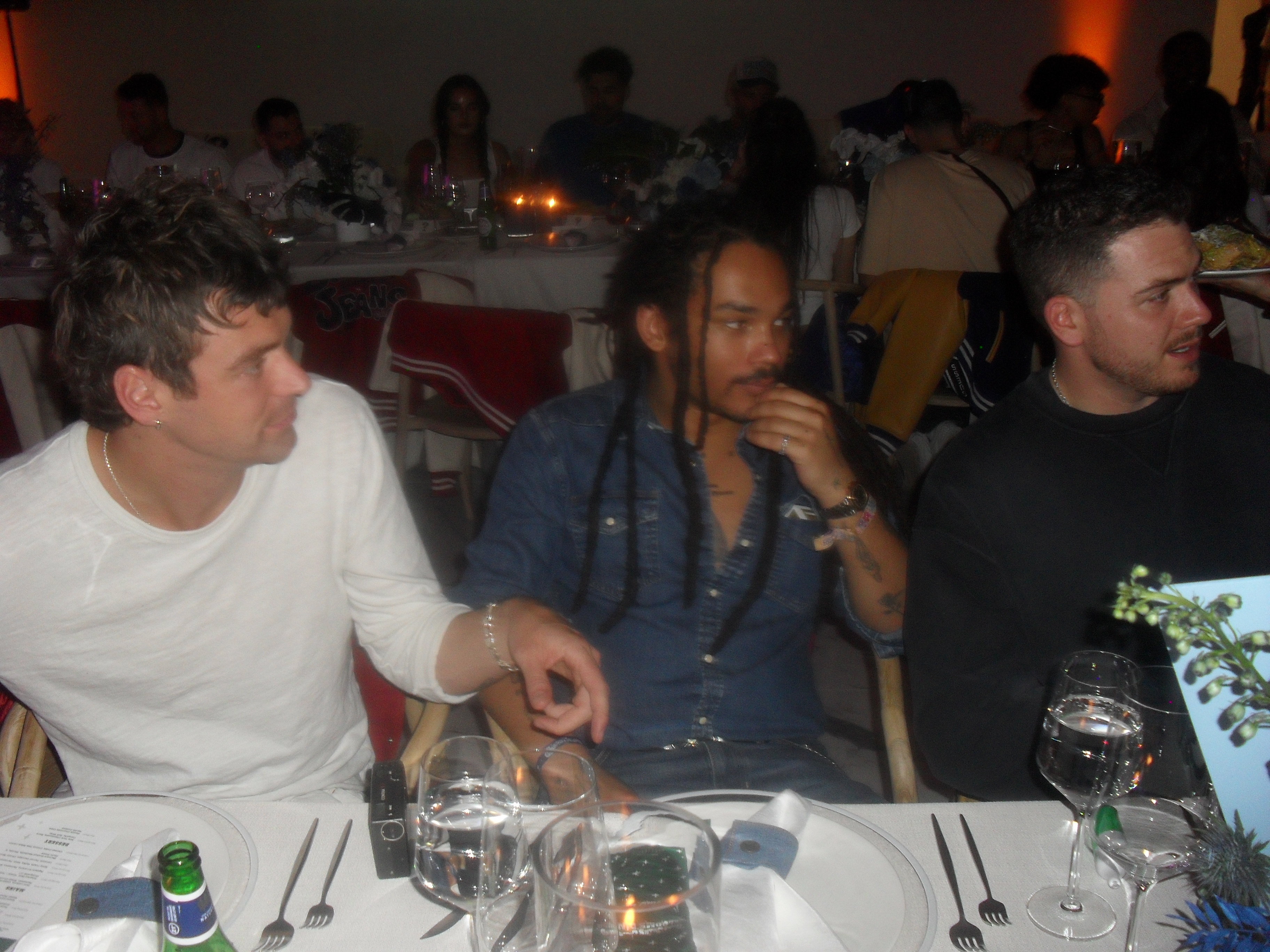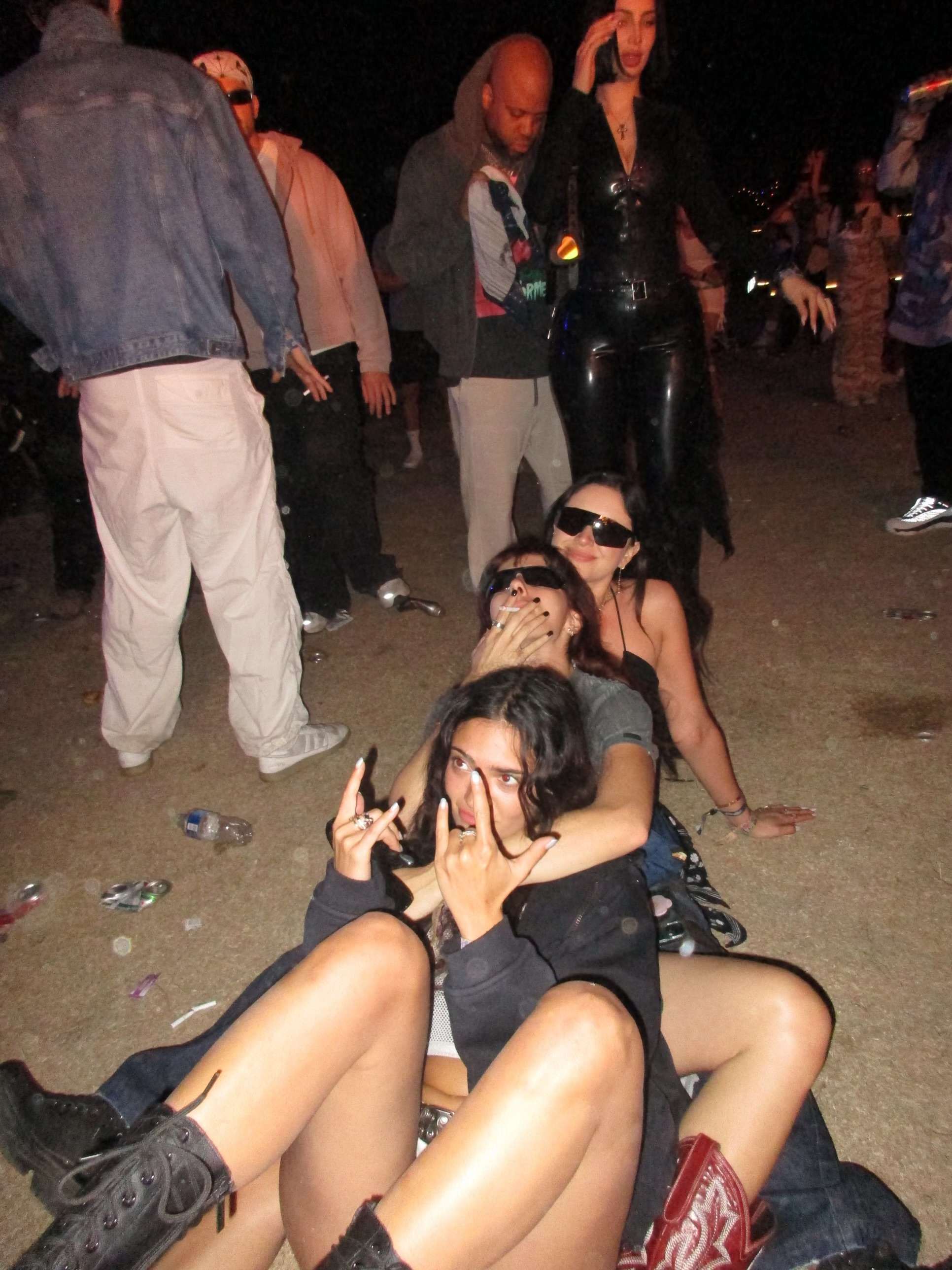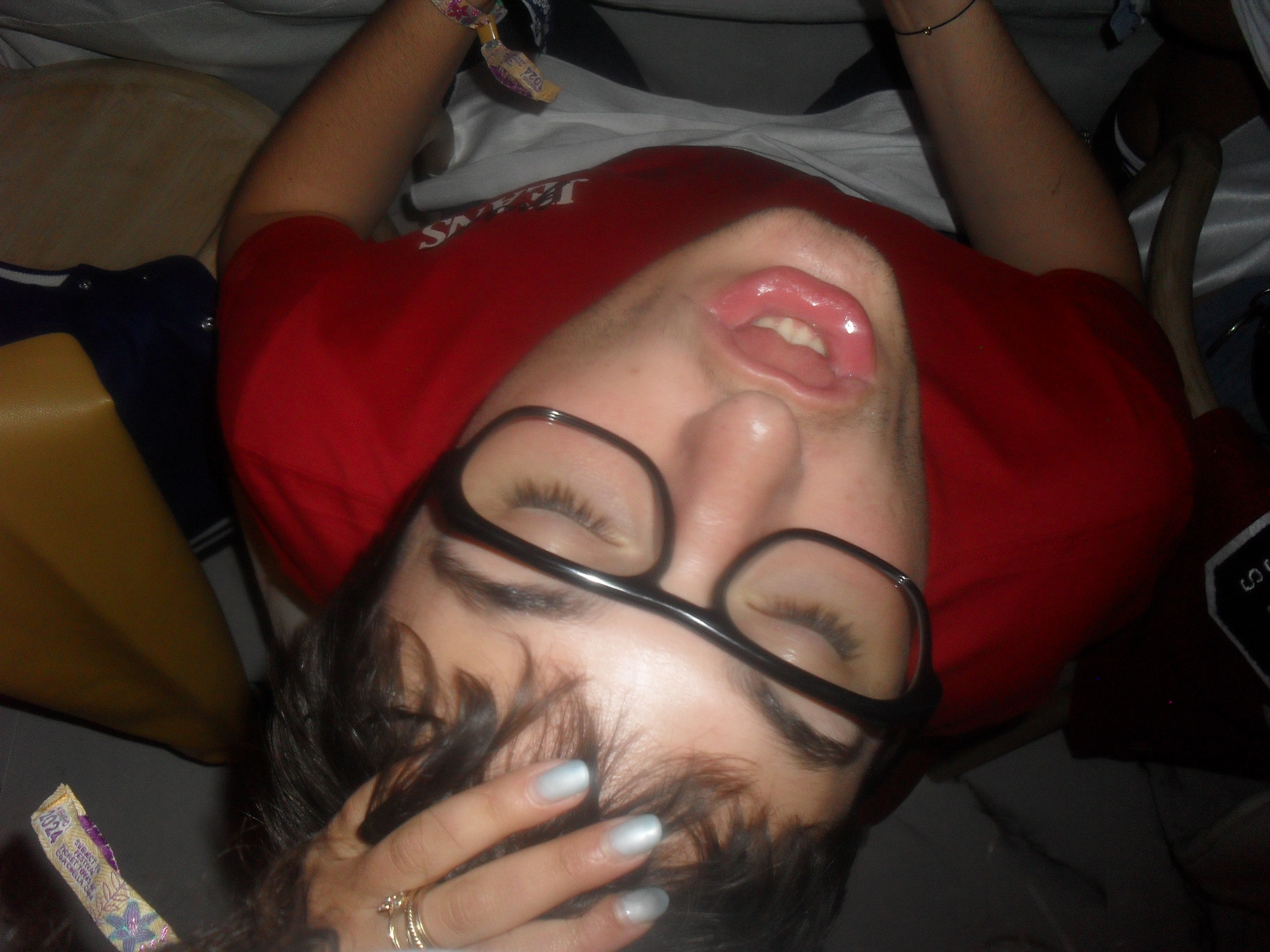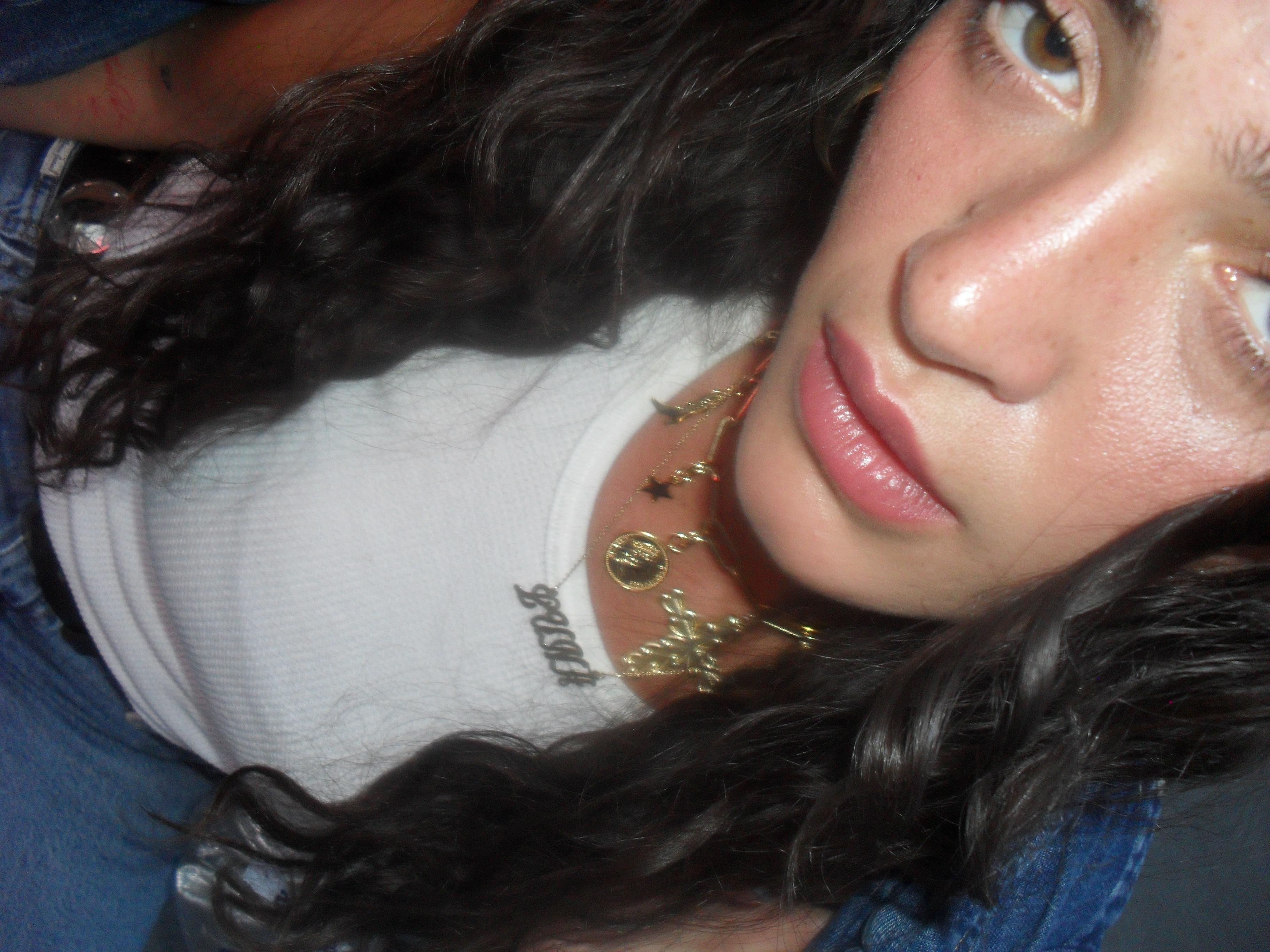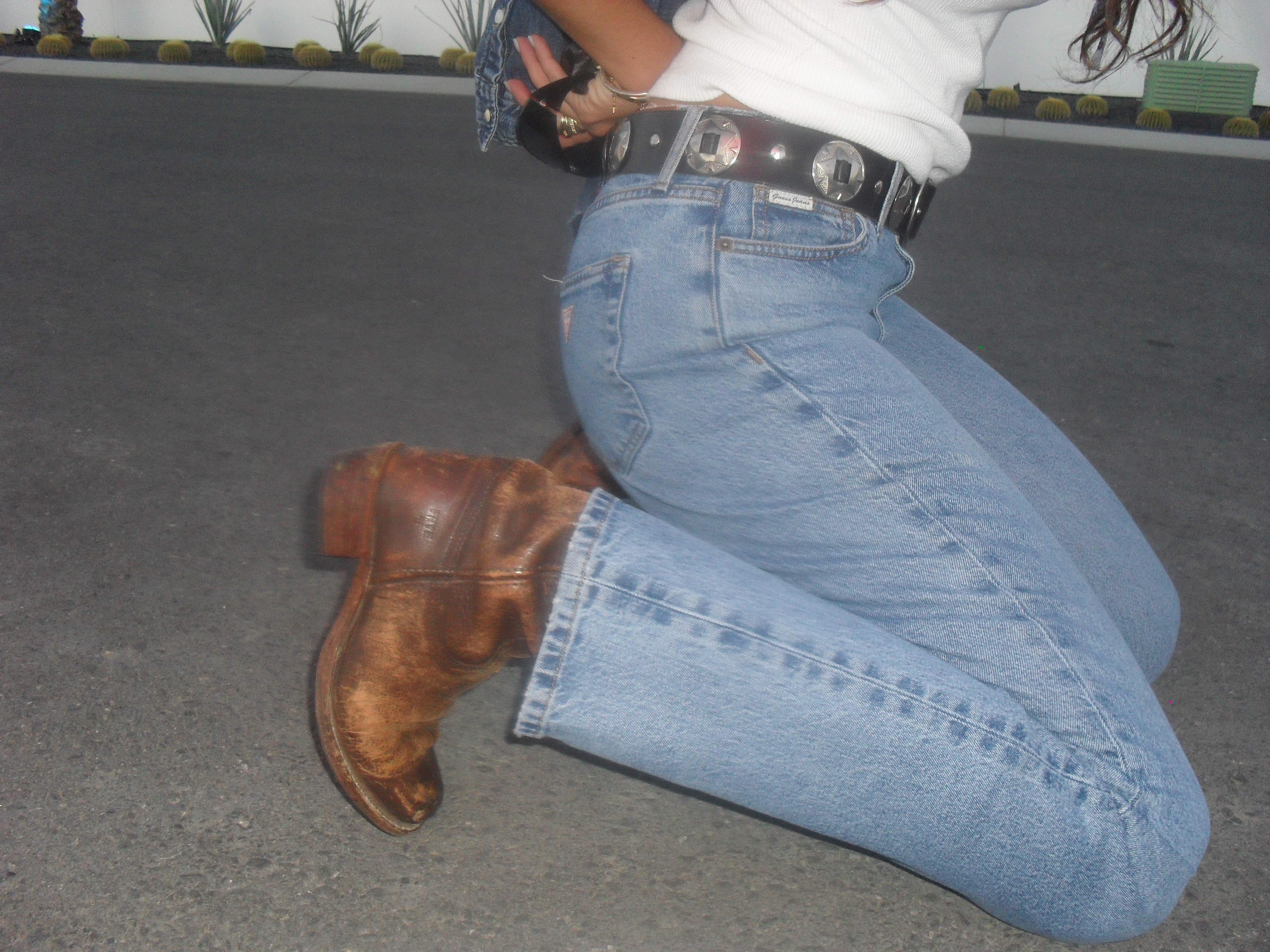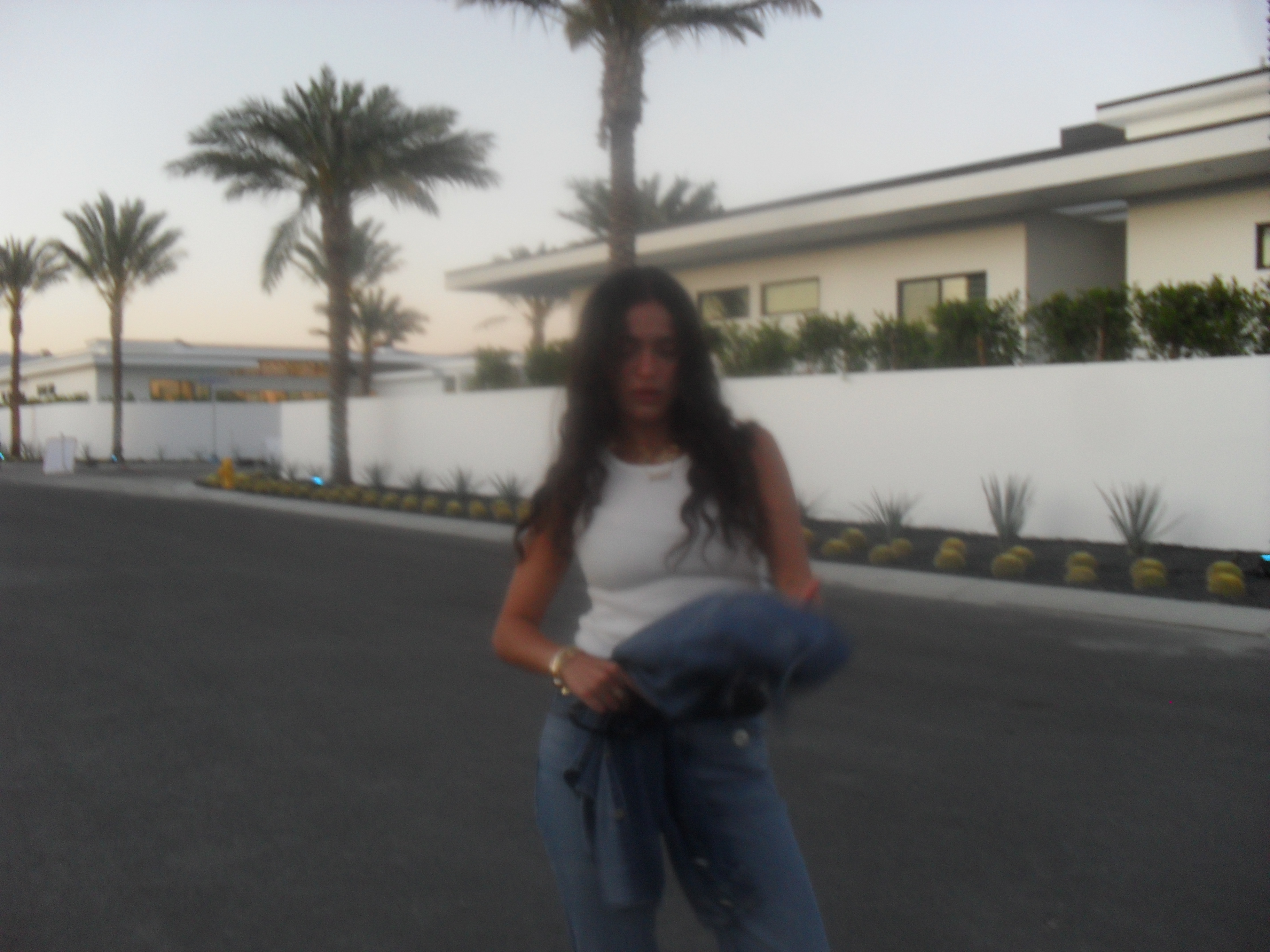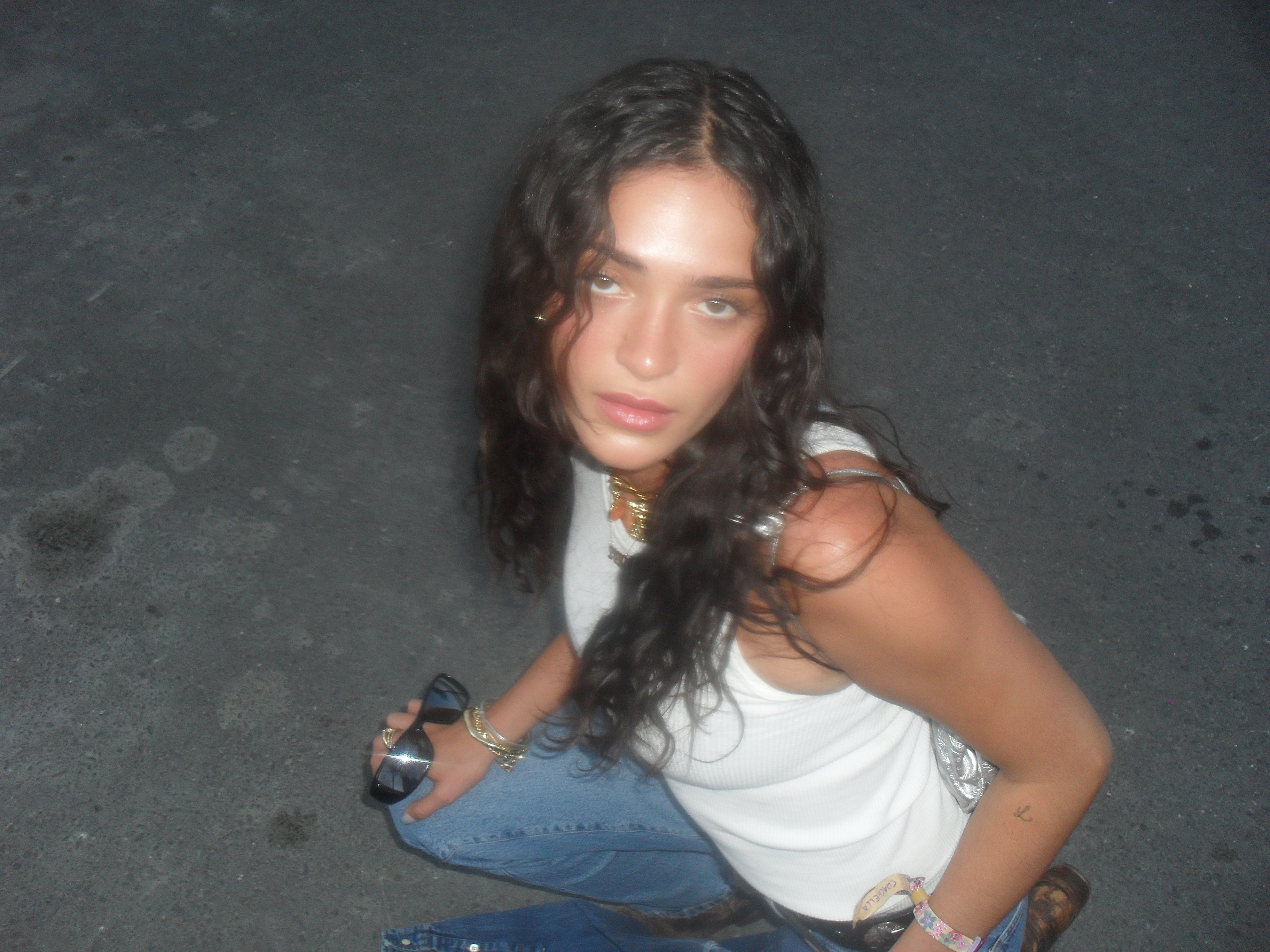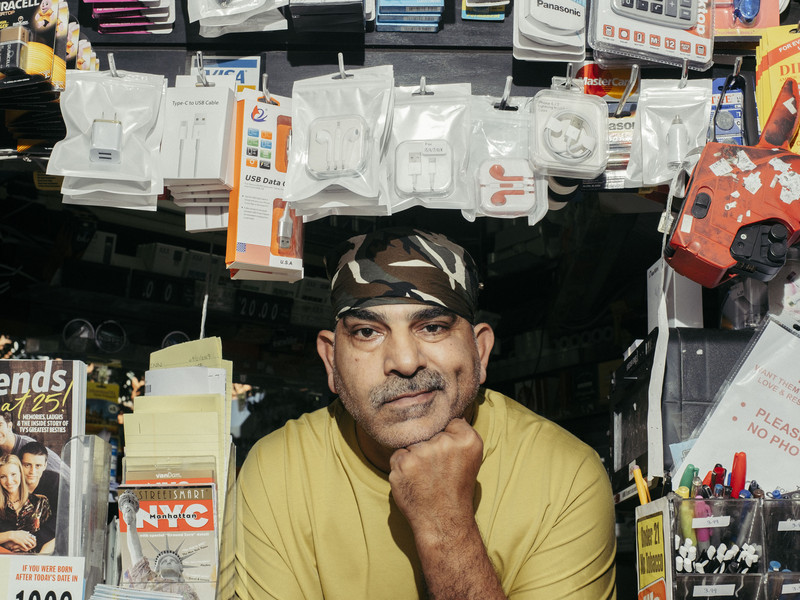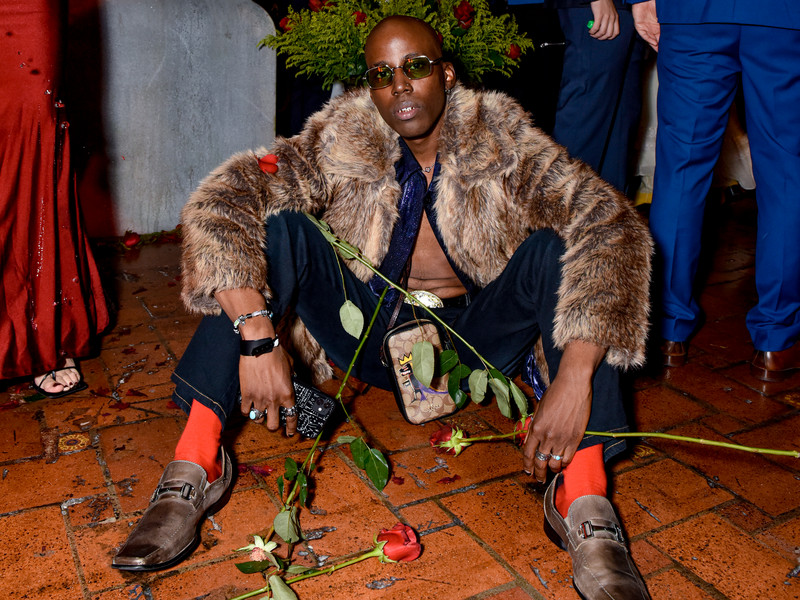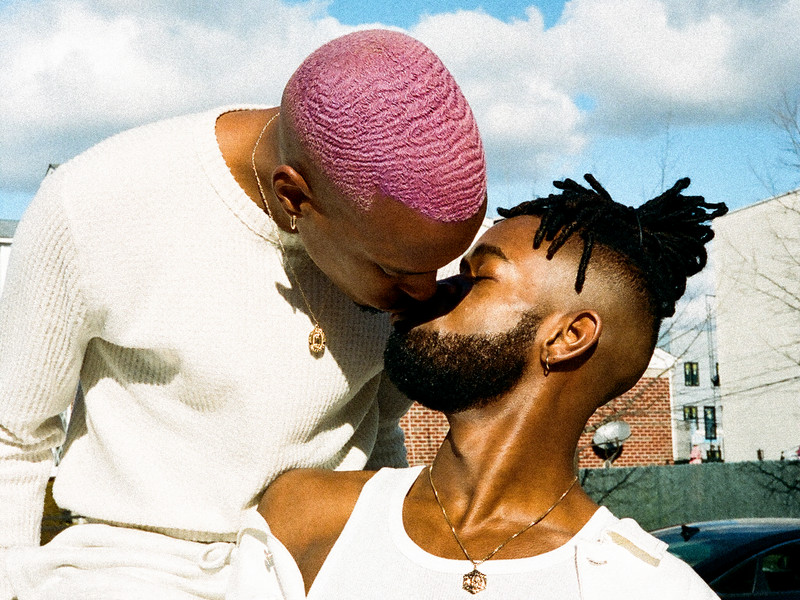The Sunset is Not a Permanent Home
Directors Andrew Garcia and Sarah Meital Benjamin beautifully told each of the subjects' stories by allowing their words and lives to take center stage, filming them in their bedrooms or their local park.
"The Sunset is Not a Permanent Home" is a true representation of lives being lived.
Watch, and read our conversation with Andrew and Sarah, below.
One of the scenes that really stuck with me was the couple in the beginning arm wrestling. It was a scene that I feel like I, and so many who have been young and in love, have lived. It almost shot me back into that time of my life and that feeling of innocent love. The way this piece was shot and the way these kids told their stories evoked a feeling of nostalgia within me for my teenage years and for a city where I didn’t grow up. Was that something you were aiming for when making this piece?
Andrew—Yeah, me too, I really loved that moment which is why I put it at the beginning. They had actually just started dating when we shot this, and they’re still together now. That’s definitely something we were aiming for, to make people feel nostalgic, but also hopeful. We really wanted to bring up a feeling and remembrance of being young and feeling like a kid and growing up.
What feelings were you hoping to bring up in people, from New York and not, when making this piece?
A—A feeling of community was essential to us because this piece is so much about identity. I know a lot of people could say the same thing about growing up in Los Angeles, all these kids are Latino but maybe they’re dark but don’t know spanish and feel out of place or they’re really white and they know spanish but still they feel judged for how they are or how they appear. I feel like the way that it’s put together—weaving in between people and stories—shows that you dont have to feel lonely because there are so many people that feel exactly the same way. We can be there for each other and create this community to really help each other, and I feel like that’s always important but especially right now with COVID and the BLM movement this piece feels really impactful.
What inspired you to make this piece?
A—My work is always about Latinos and their struggle with their own identity. I made a film a couple of years ago that I shot in Puerto Rico right after huricane Maria about a family struggling to get clean water (on HBO). My work is always about what we’re going through as a race and trying to show that and raise awareness of the good and bad things. This piece was just a great snowball effect that didn’t feel like work, things just kept opening up and showing themselves and it was just all we could have asked for.
Sarah—Andrew and I have known each other for a while and I have always wanted to work with him. I think that we’re two human beings that really create from our hearts, and I know it sounds cheesy but it just felt right to do this project. To get a couple of kids who are unique in their own worlds and who wanted to be a part of it and to just spend time with them and see what comes out of it. No point A to point B, no goal, just going and seeing where it took us. I think what was so special about this project, and about a lot of Andrew’s work specifically is that it was just a straight on approach. We came, this is what we saw, and we kept going.
What is your relationship to New York?
A—I moved here for school and I’ve been here for about 6 years. I’m from Miami originally. But I’ve grown to really appreciate the Puerto Rican communities here. I’m PR and Cuban and I’ve loved how at home I feel in some places. That sense of home made me want to stay the most.
S—I’m from Jerusalem originally and I moved to the states to find more opprotunities for myself. I came here on my own and just fell it love with New York instantly. Every year and a half or so I leave and go somewhere for six months, but I always come back crawling on all fours like I’m sorry I ever left.
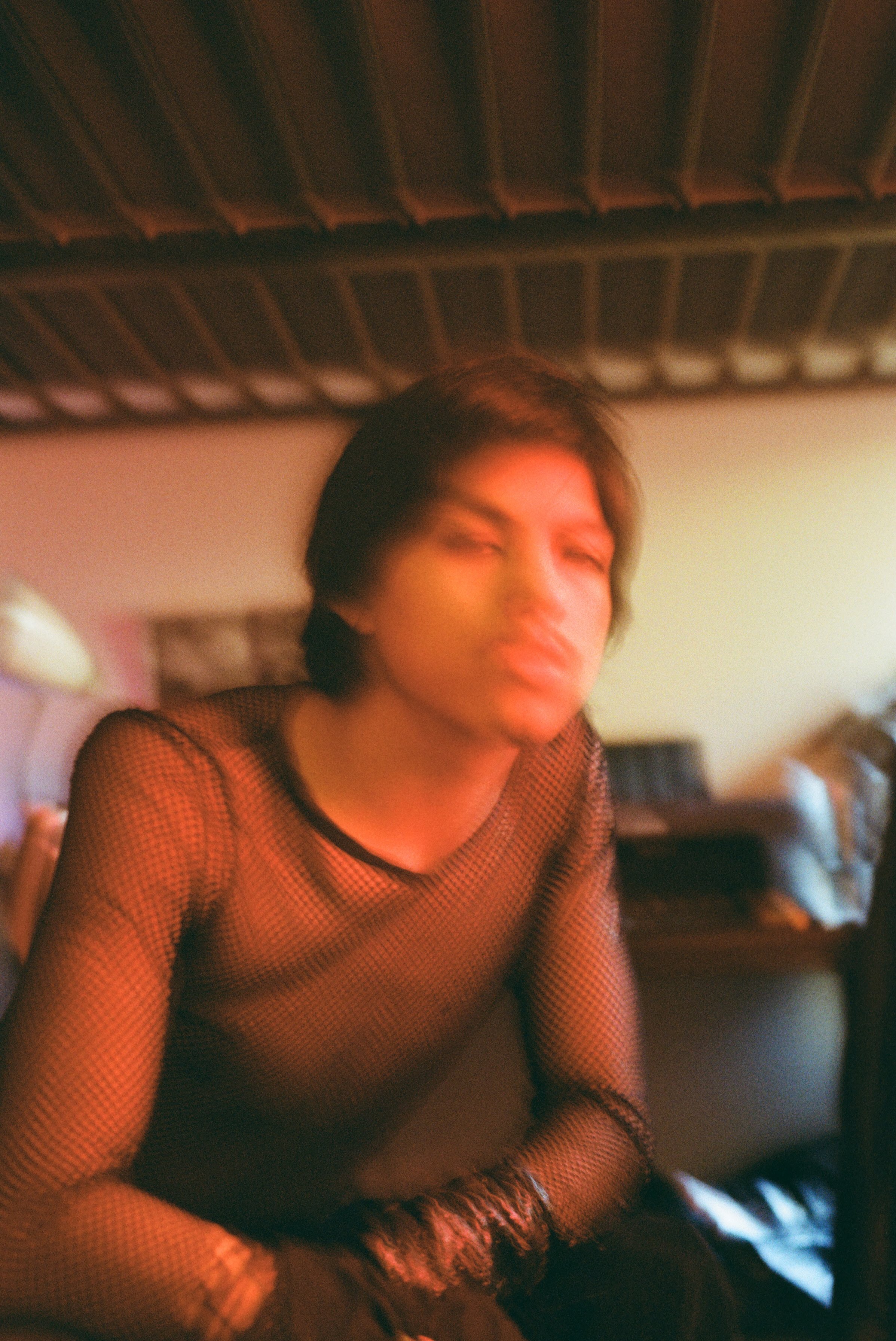
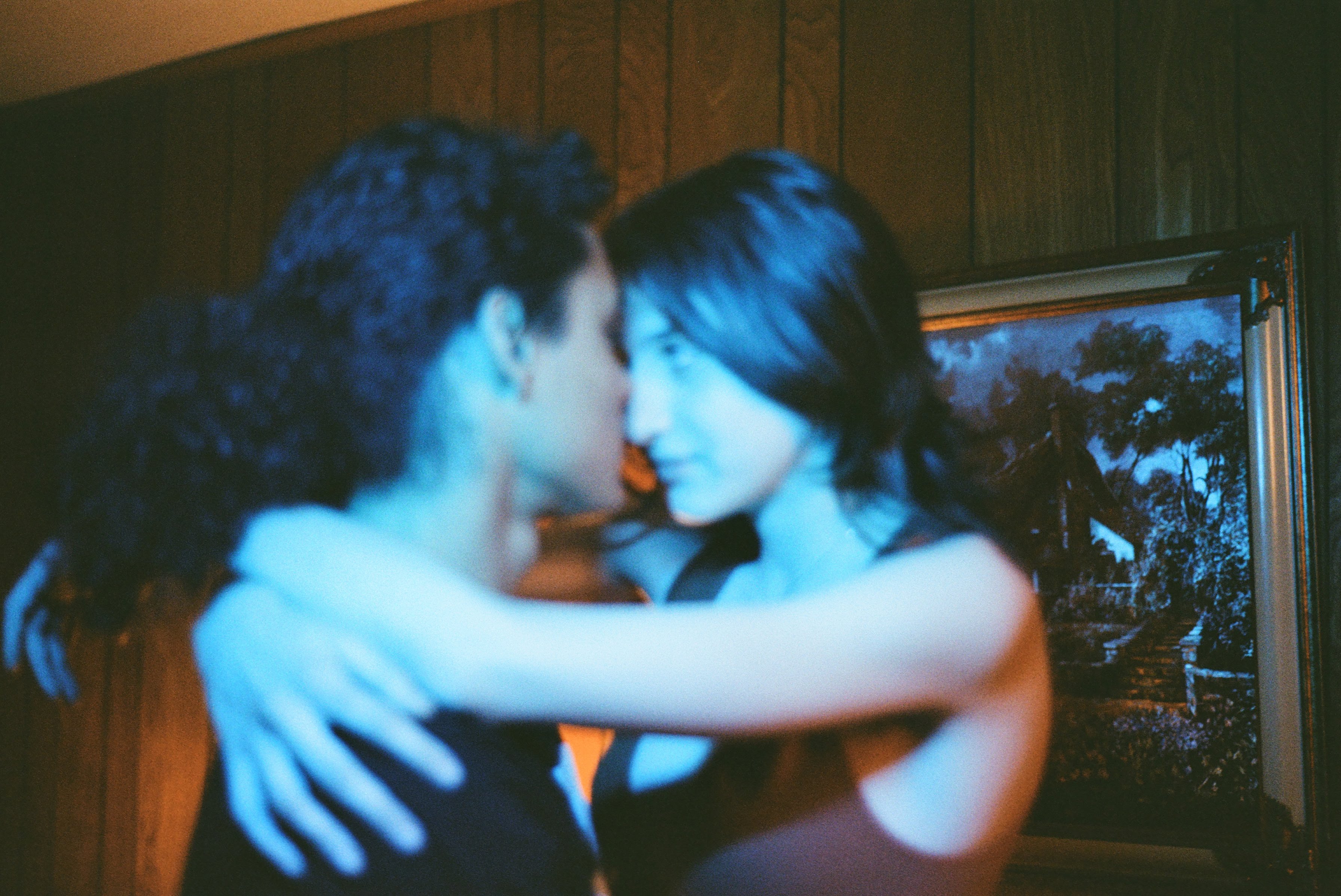
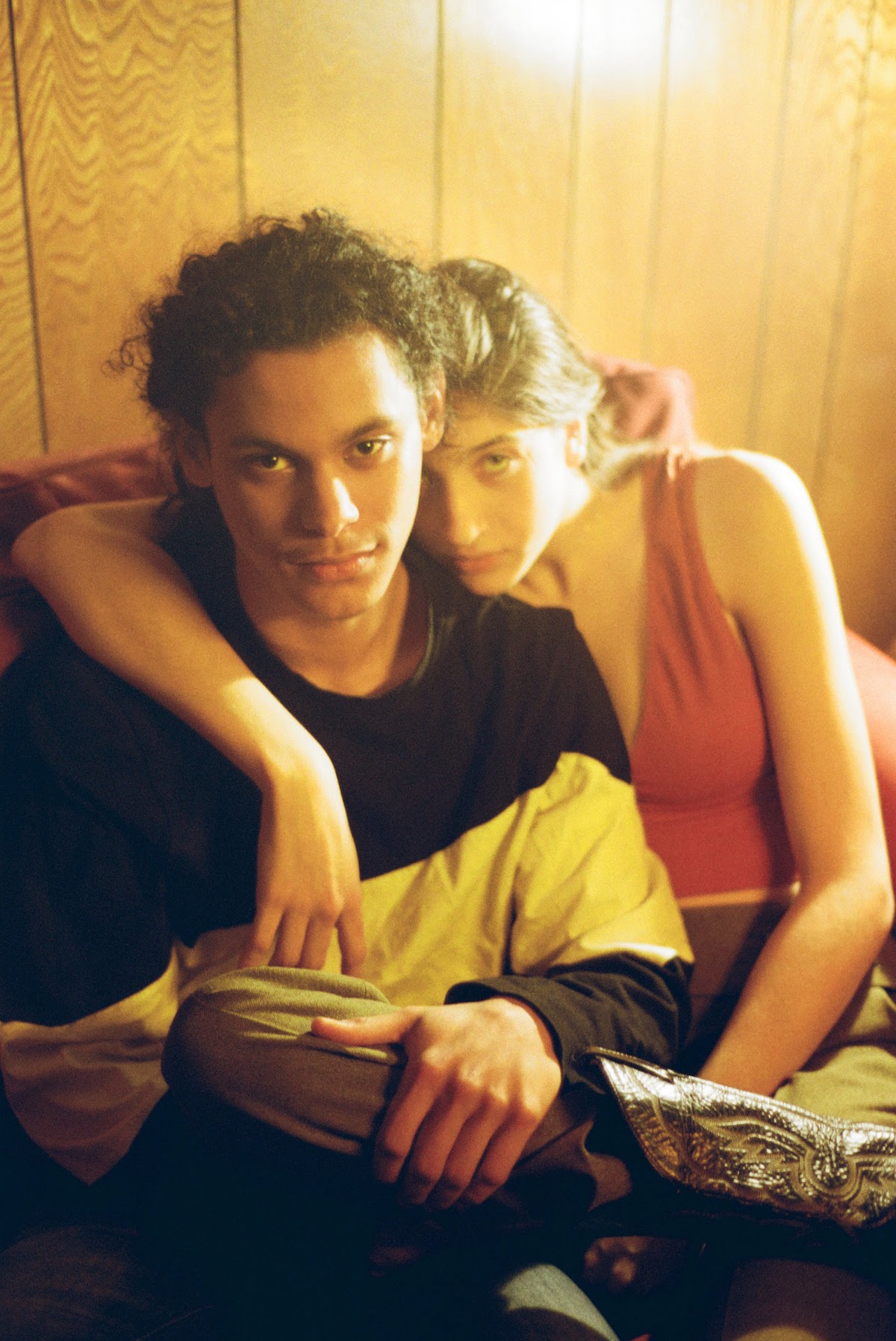
How did you find the people to document?
A—I've known Sarah for a while and she approached me and said let's do a project. She got these kids to pick some people out and I noticed that they were kids of color and so it became just such an easy route for me. They were all so different but they all had this one huge thing in common.
S—Almost two years ago I started my agency, Memoria Di, and one of our models is a girl named Jaya Ragoo who is also in the film, she's the girl in the blue ocean looking room. We became good friends and she began helping me with casting. She actually casted this project completely by herself! A lot of these kids are actually her friends and people from her community.
All of the boroughs are so different while still being so close together. What are the similarities that you found between them?
A—We primarily stuck to Brooklyn, Queens, the Bronx and Manhattan, and they each definitely have their own flavor. I think the clearest difference was going from Brooklyn all the way up to Harlem. I don’t go up there that often, but even without knowing too much about the history you can still feel it and see it. You can feel the history looking at the buildings, who is on the street, who is selling what, you can see the story and history of each different place unfolding before you. Getting to see that before spending time with the kids who grew up there was definitely a great experience. I think all of New York shares that, the history being intertwined with wherever in the city you happen to be.
S—I think it’s just the New York attitude. It’s kids with big visions and big imaginations who were brought up in a really special city. The spirit of New York is so unlike any other place, their minds are just someplace else. Very visionary people.
With New York being a city so based in public transportation, how does that affect the connection between the boroughs and the kids in each borough and how does that play a part in the magic that is New York?
A—I think that it definitely helps to show how different worlds can feel so apart but together. Again, I feel like that goes back to that sense of community. None of these kids know each other, they're all raised differently, they all come from different backgrounds, but they all shared similar stories in other ways and they’re just a train ride away. You can get on the train for an hour and there are all these different places and people you can see and meet.
S—I think about this all the time because I grew up in a place that didn’t have that and to get to see your friends, or to run away from home, or just do whatever you wanted to do at 13 was really hard. We were hitchhiking and here you can get anywhere so easily which is something that I never take for granted because I’m from a place where that isn’t possible. I don’t know in what way it really affects growing up here but I guess it just allows you to meet people from different areas who you might not if you didn’t have the transportation.
What makes NYC so special for young people growing up there, what sets it apart from the other big cities? What made you choose New York for this project?
A—For me, out of all the years that I have been here I have always been searching for that love of New York that people talk about because I have that for my home, I love Miami, but I never felt that. I think while doing this project, and I think it was the greatest project I’ve ever been on just becasue of the emotions that came out of it. Being with those people, being with those kids, it was so innocent and I just wanted the best for them and for the world and it made me really fall in love with parts of New York. I think it was interesting because both everyone in front of and behind the camera were looking for the same thing and wanted that love all around.
S—I haven’t seen much of America so I am not really sure what other places would be like for young people, but in the context of where I have lived New York is a place where a lot of change happens and has happened throughout history. The kids who grow up here see it from the frontline in a lot of ways which goes back to that idea of them being very visionary and knowing what they want and how to say it and go after it. They know they can set the tone and they aren’t afraid to do it.


